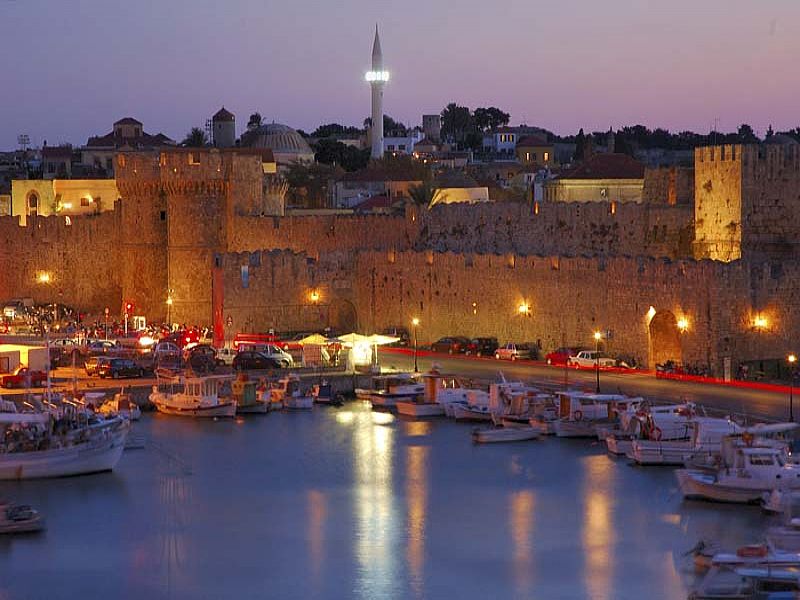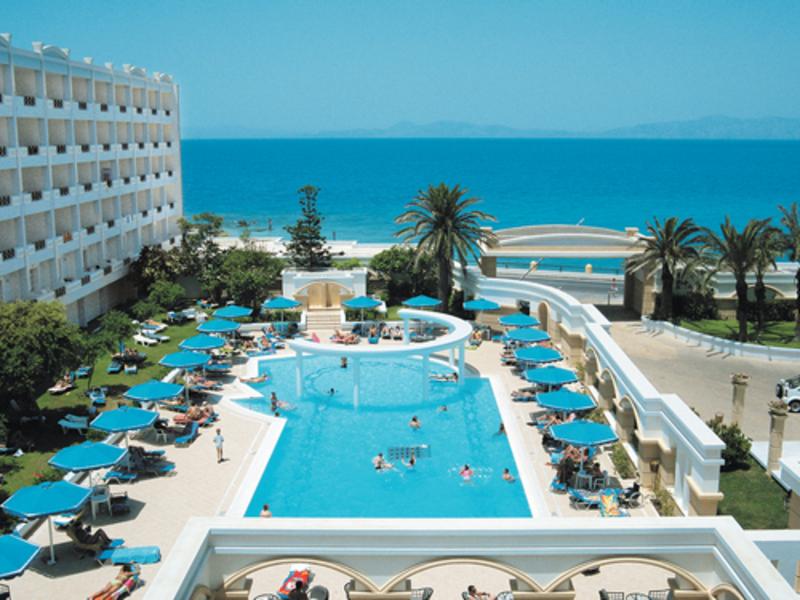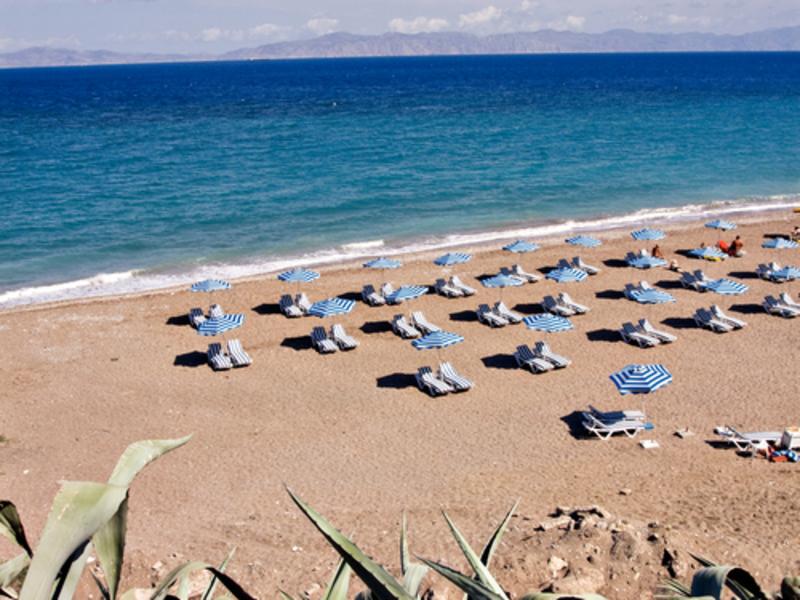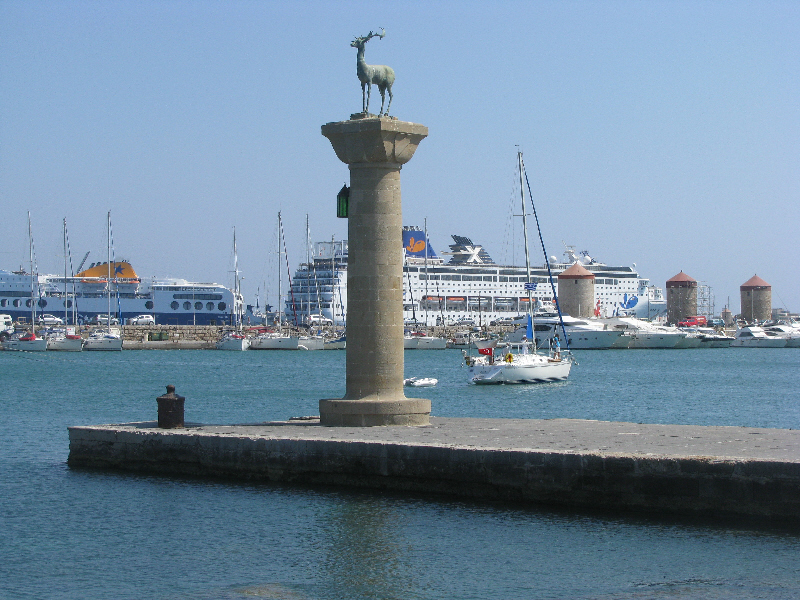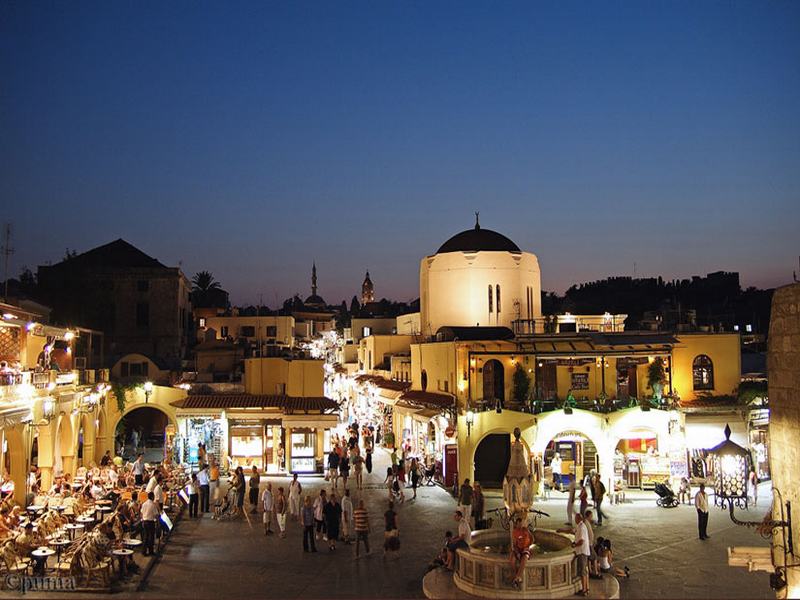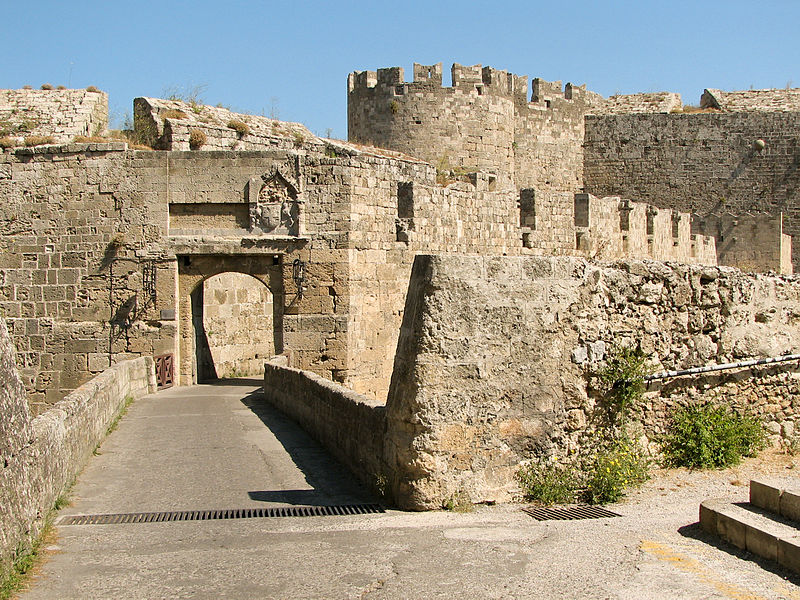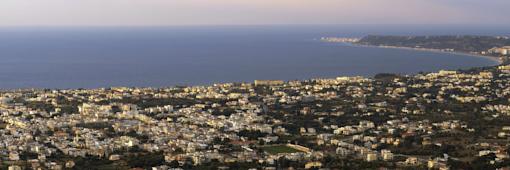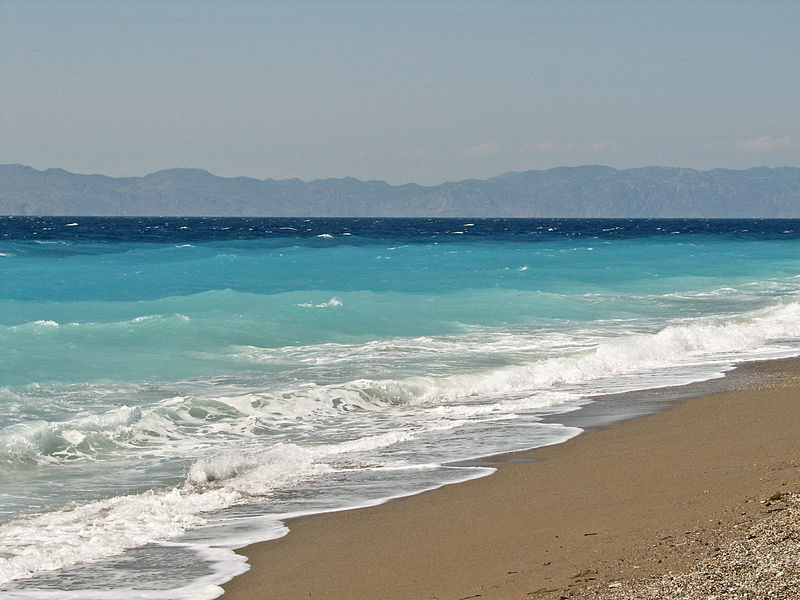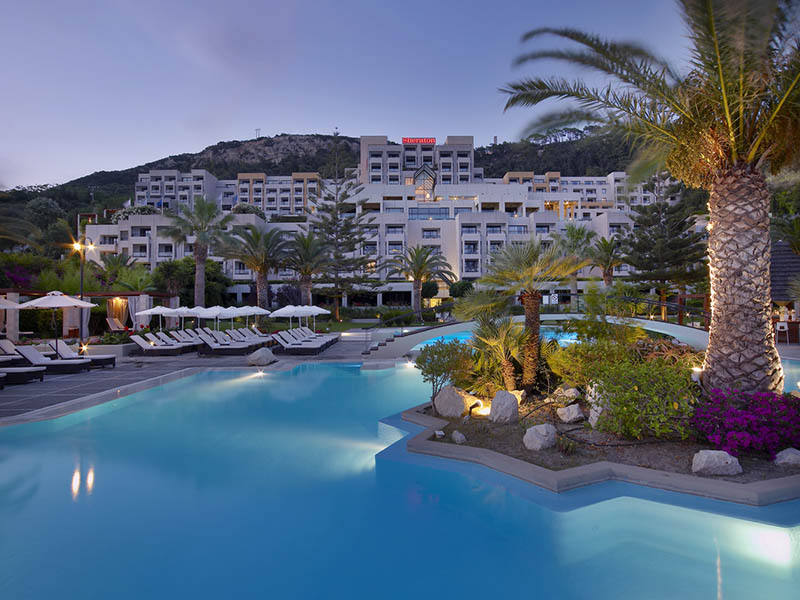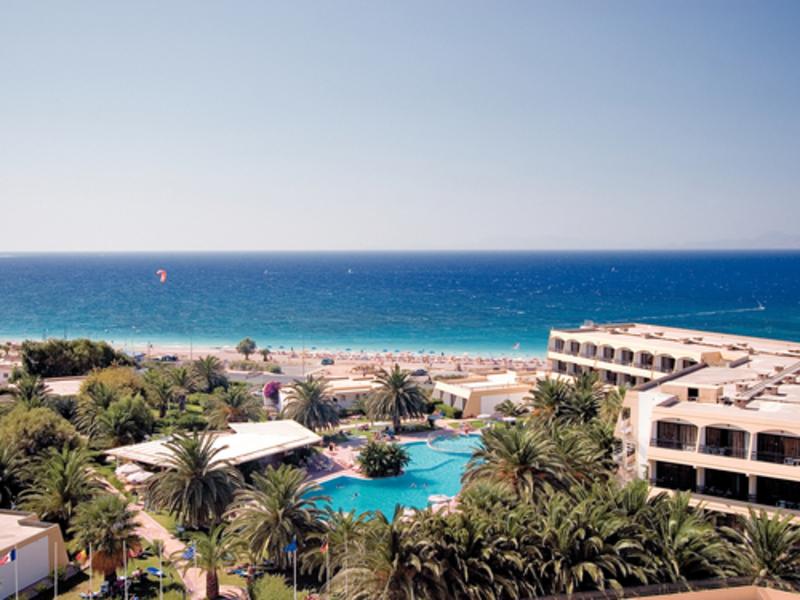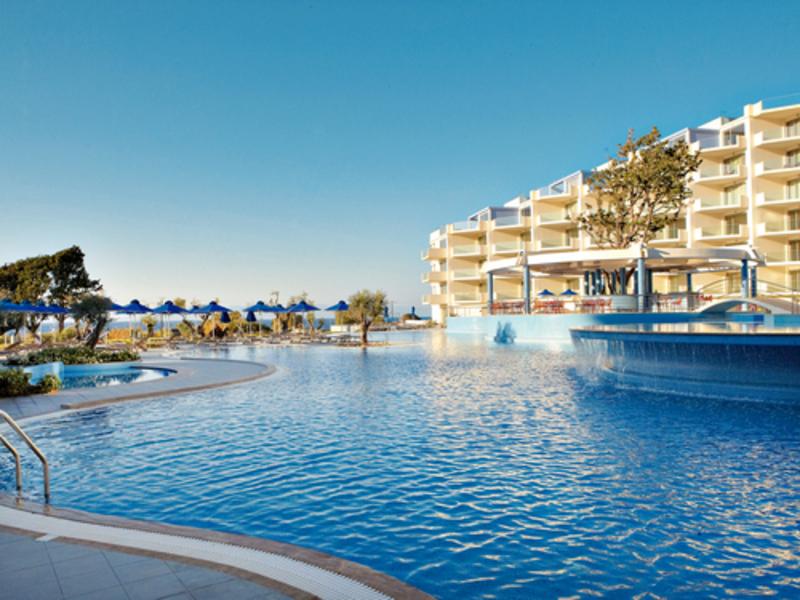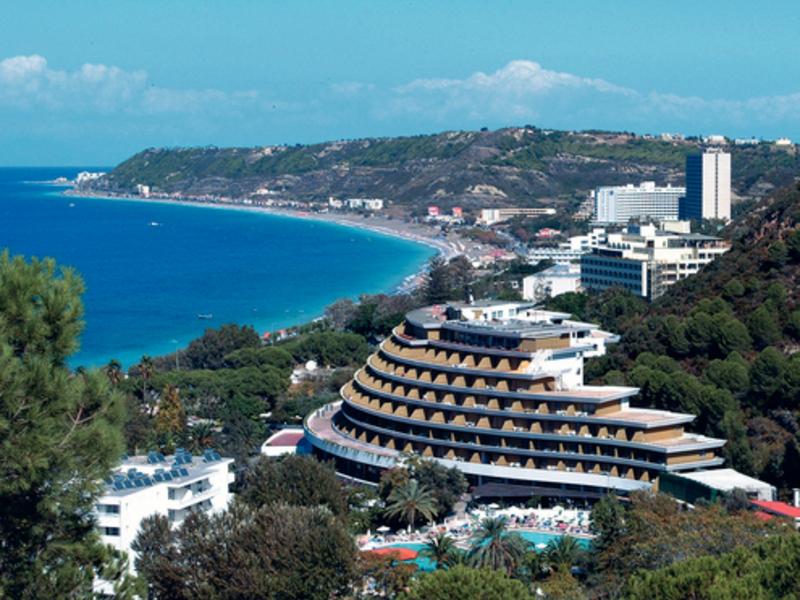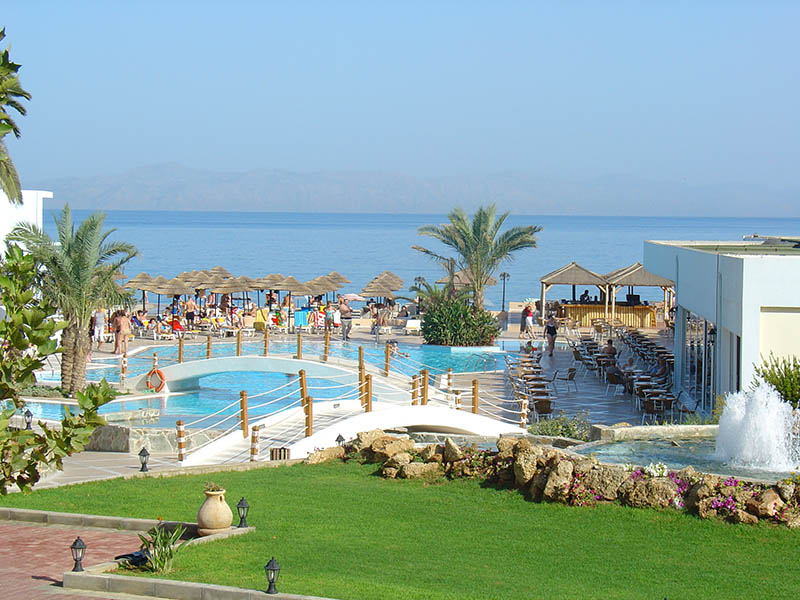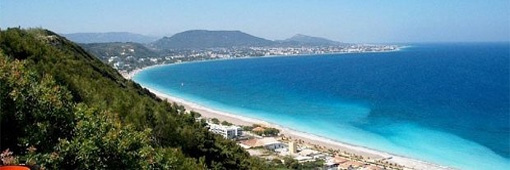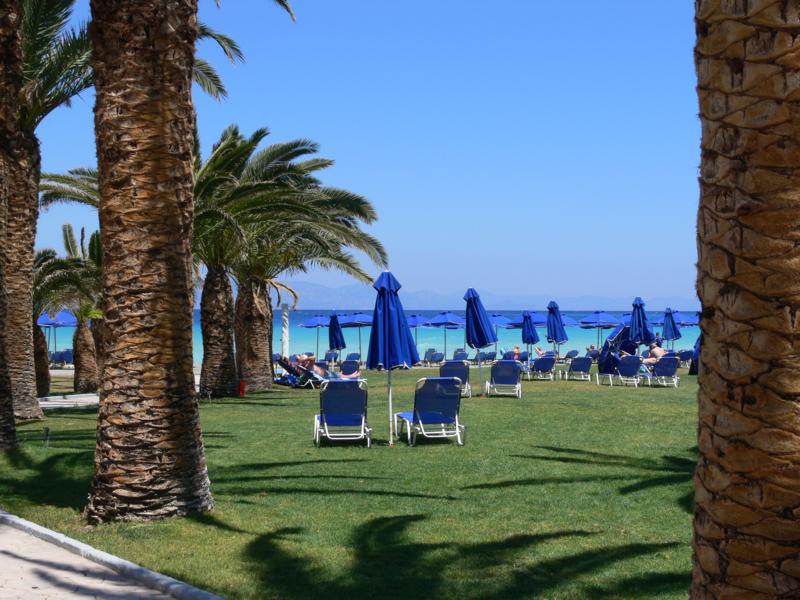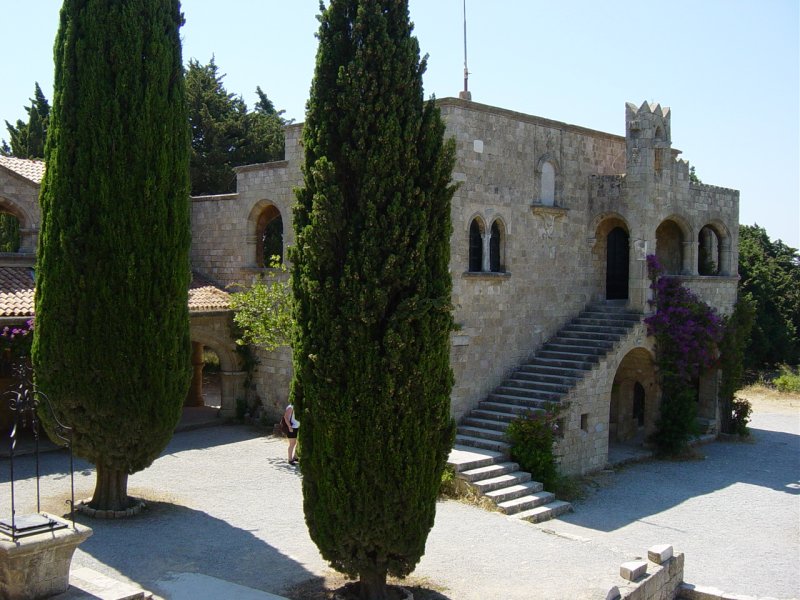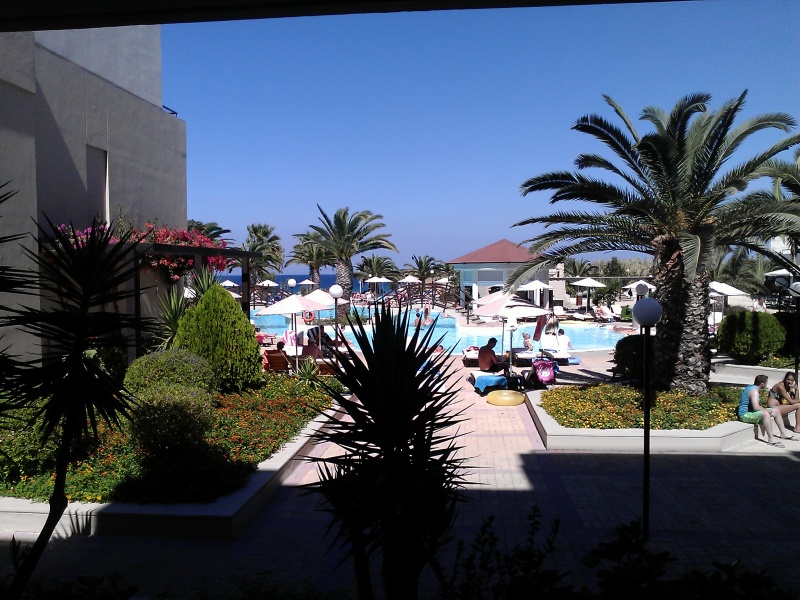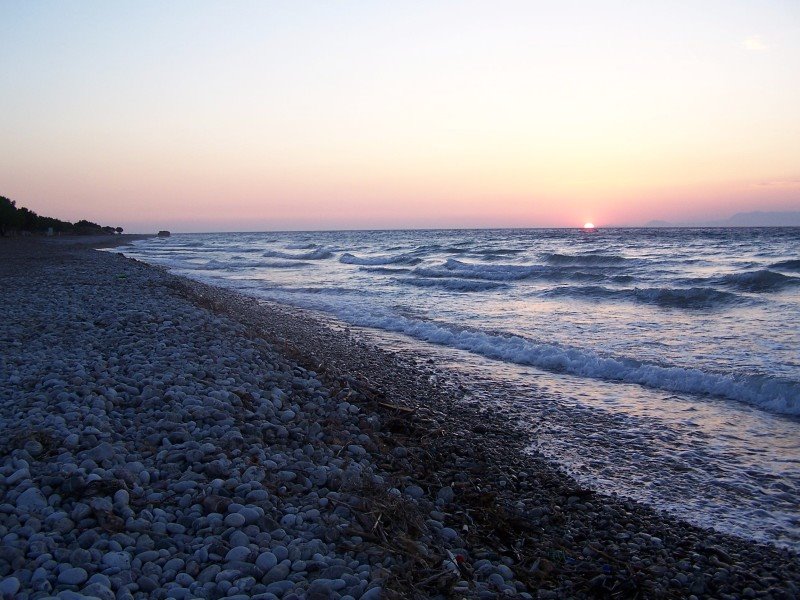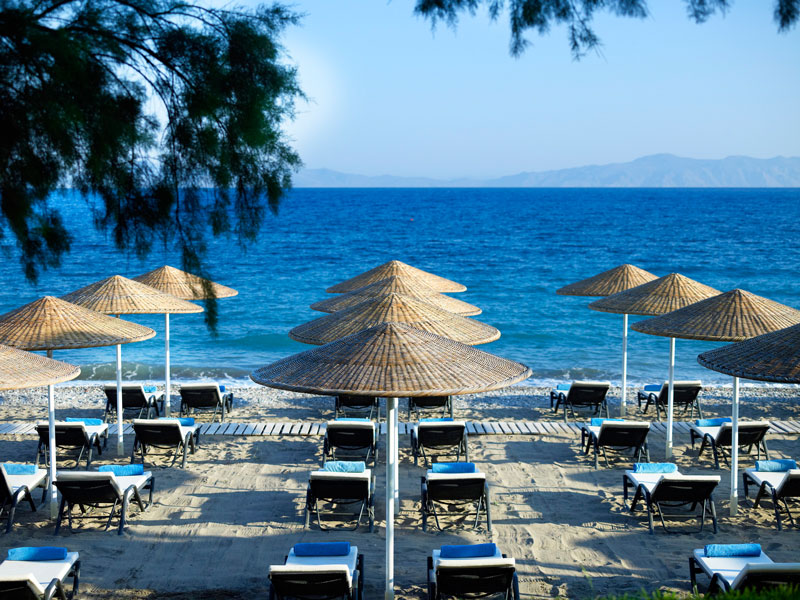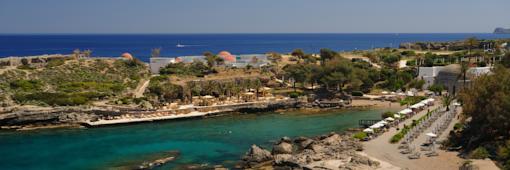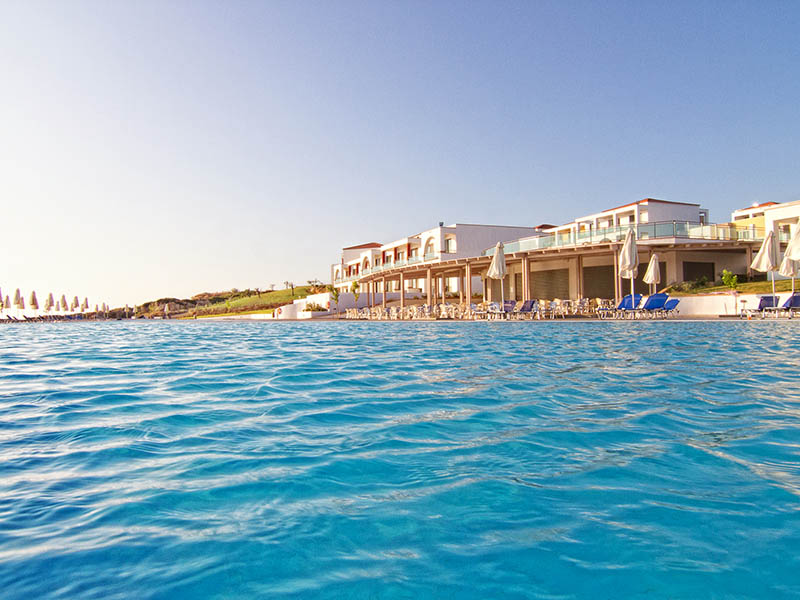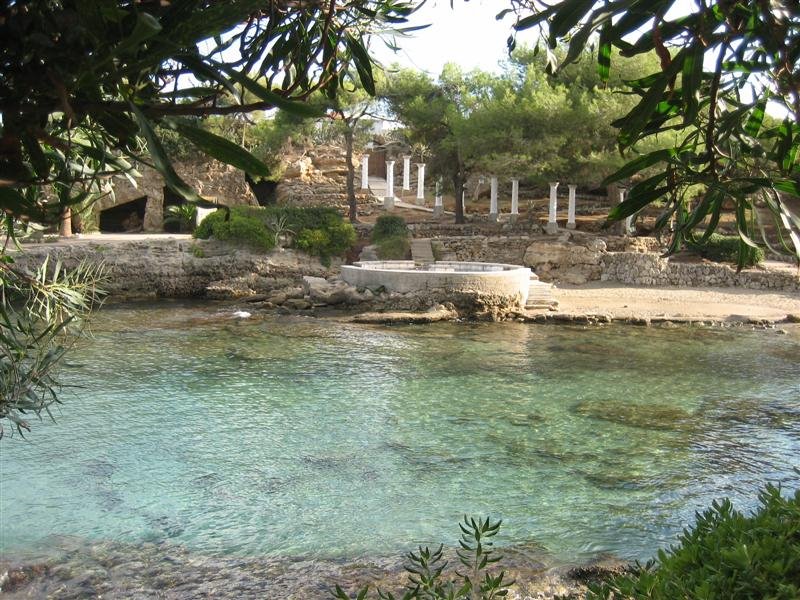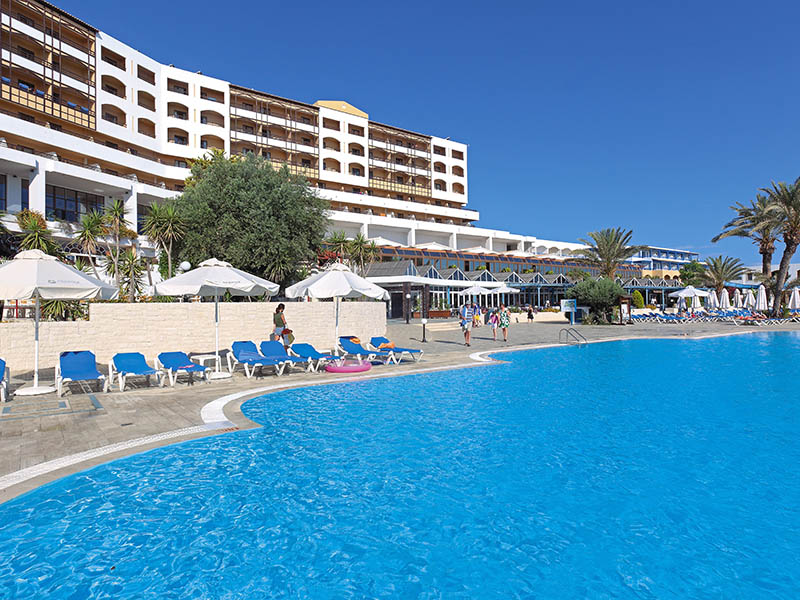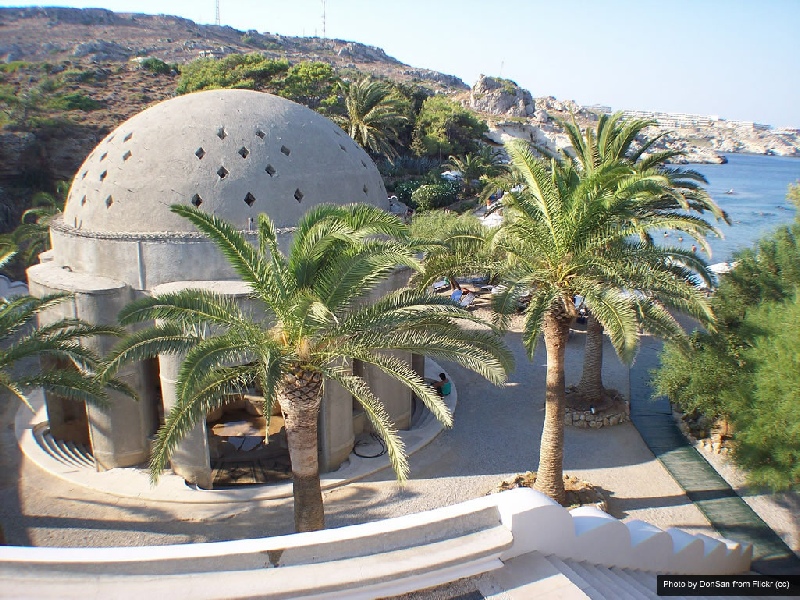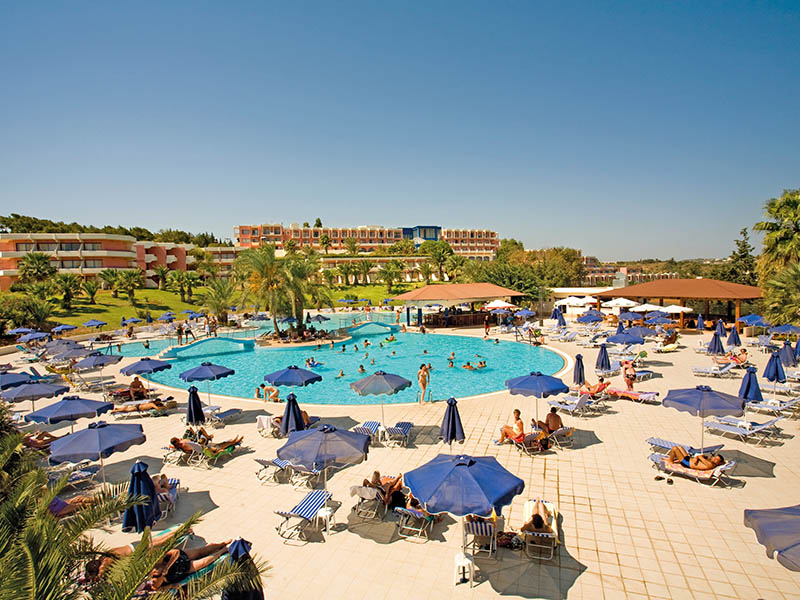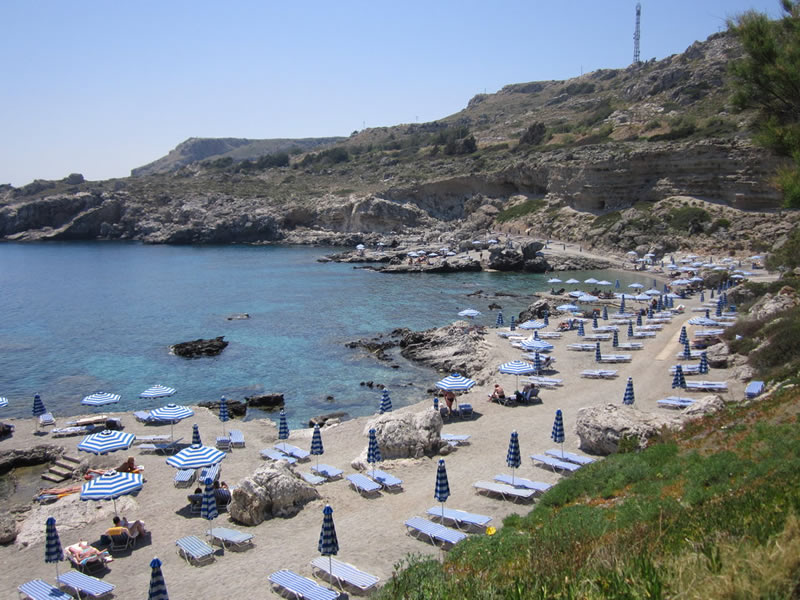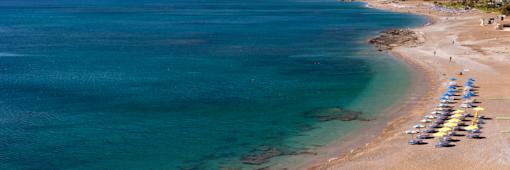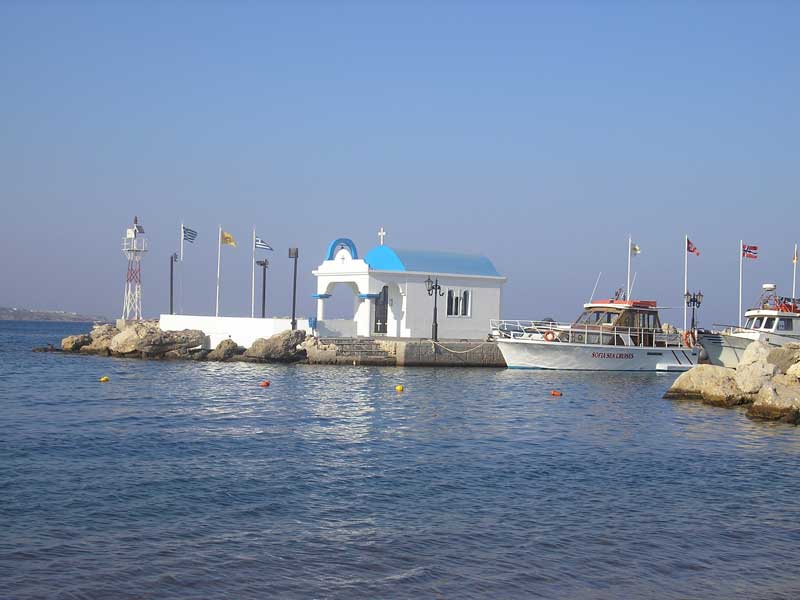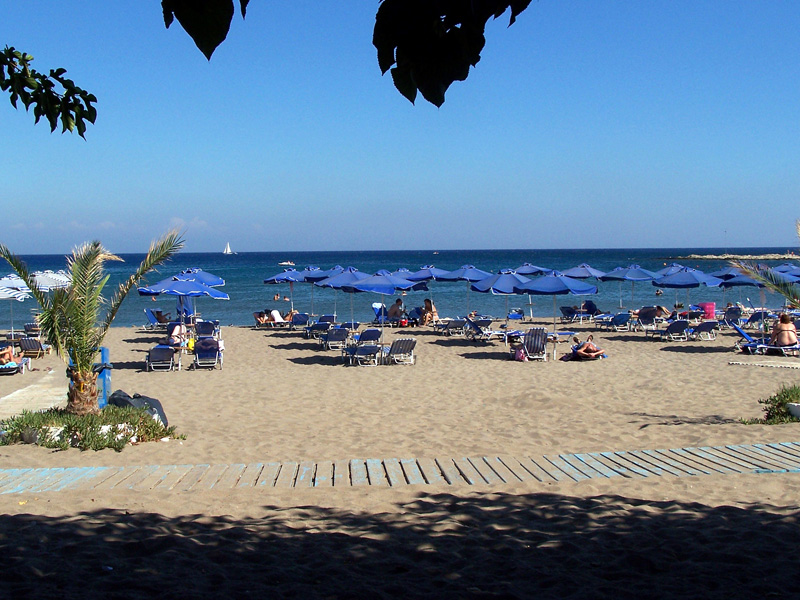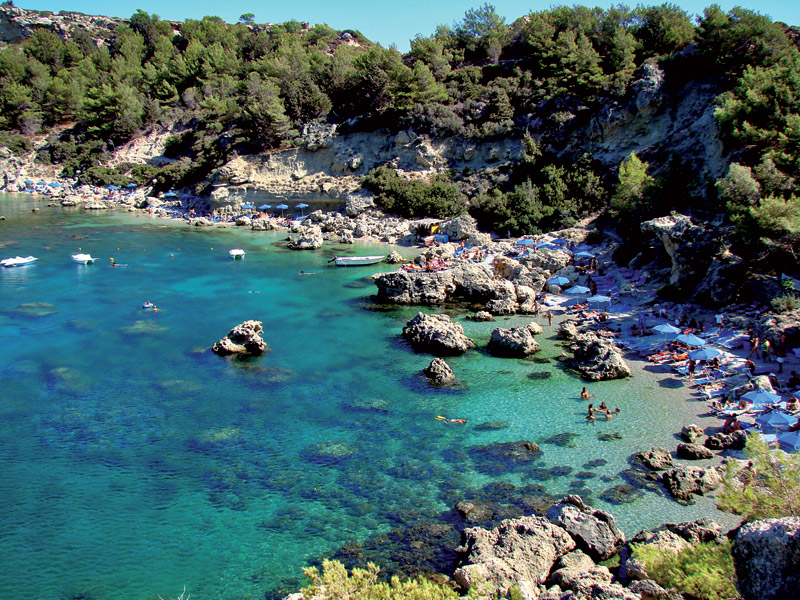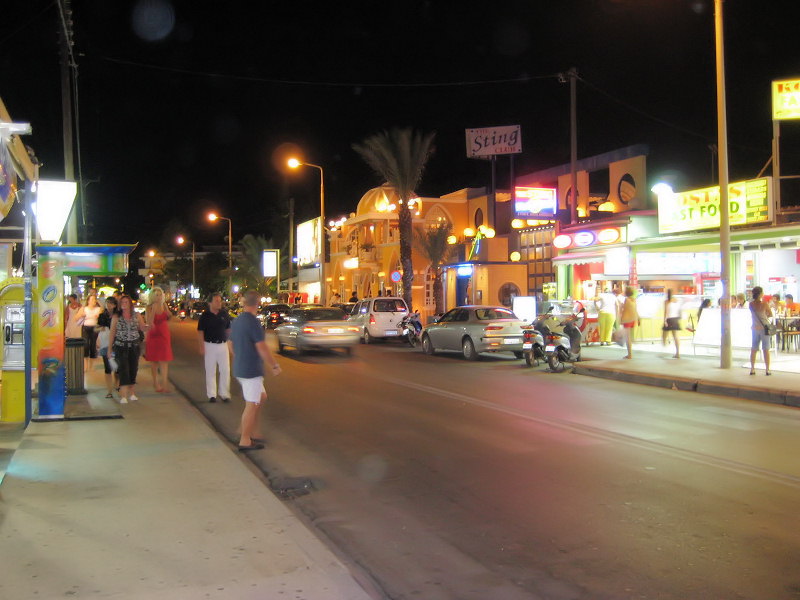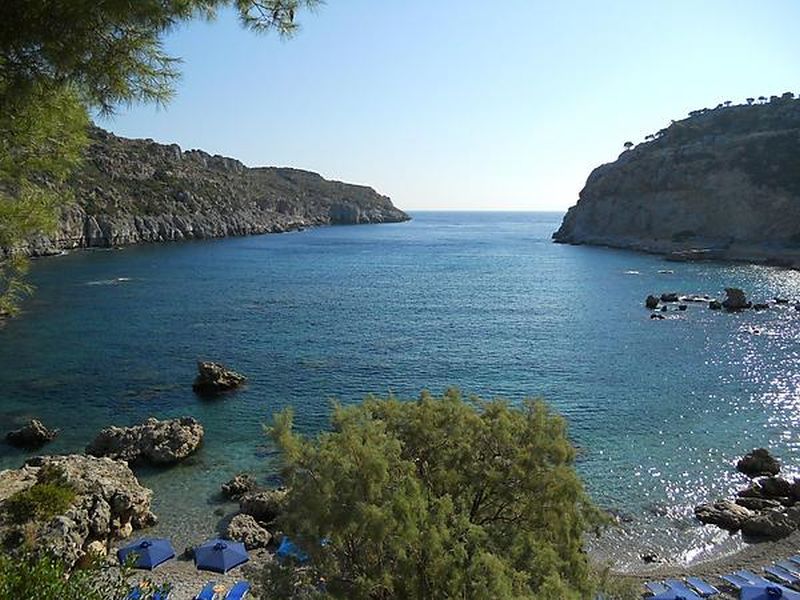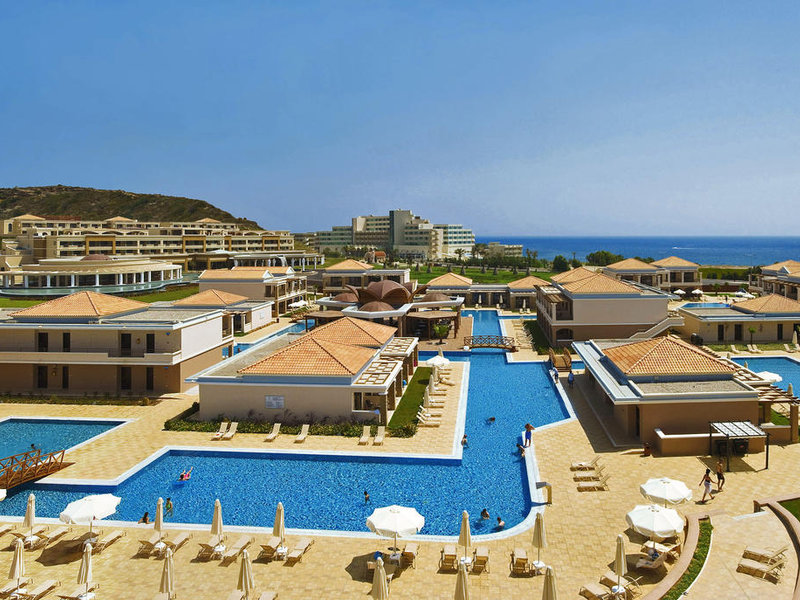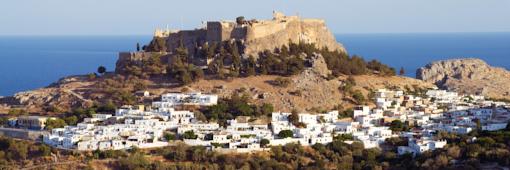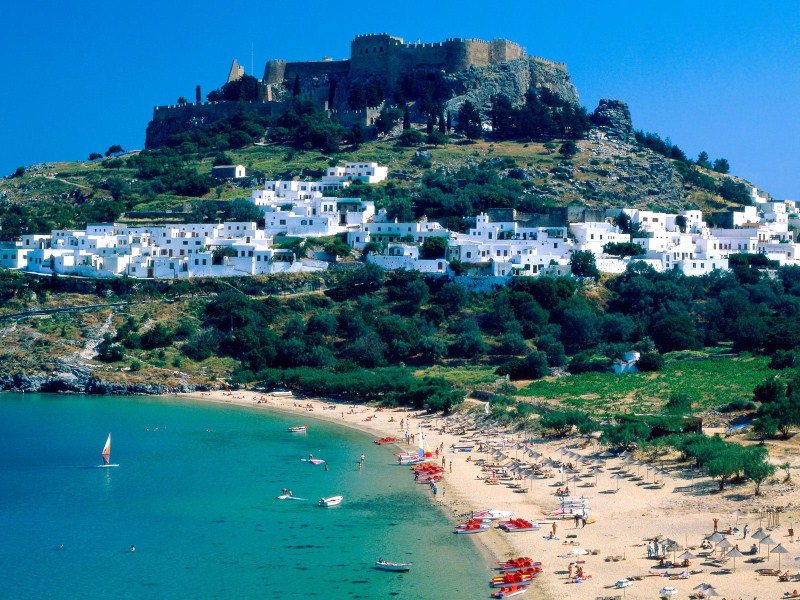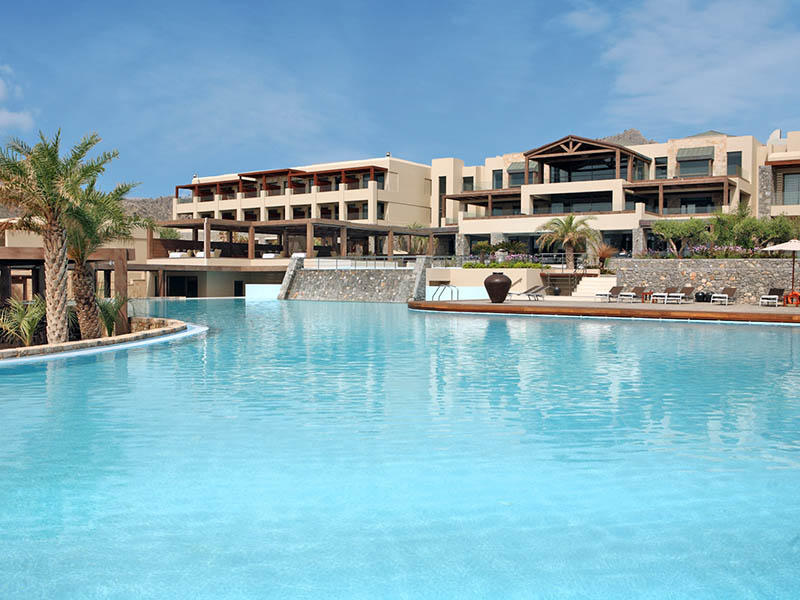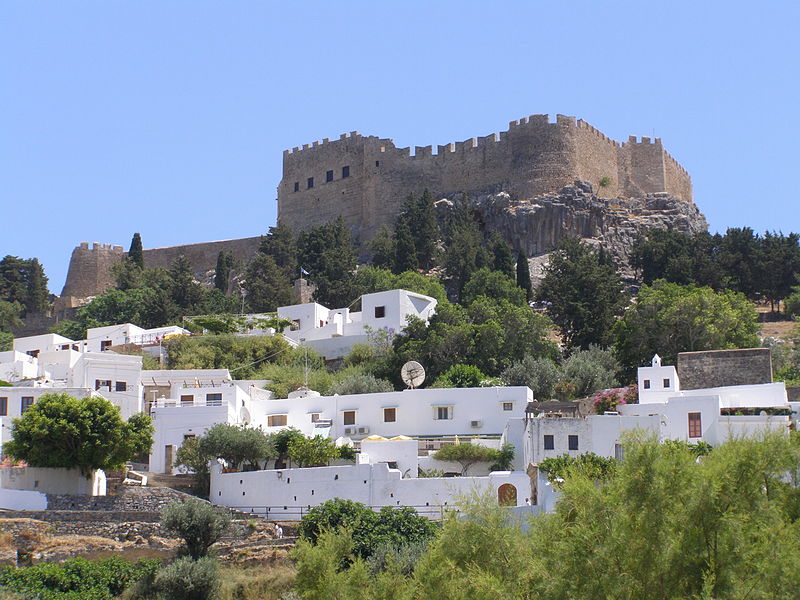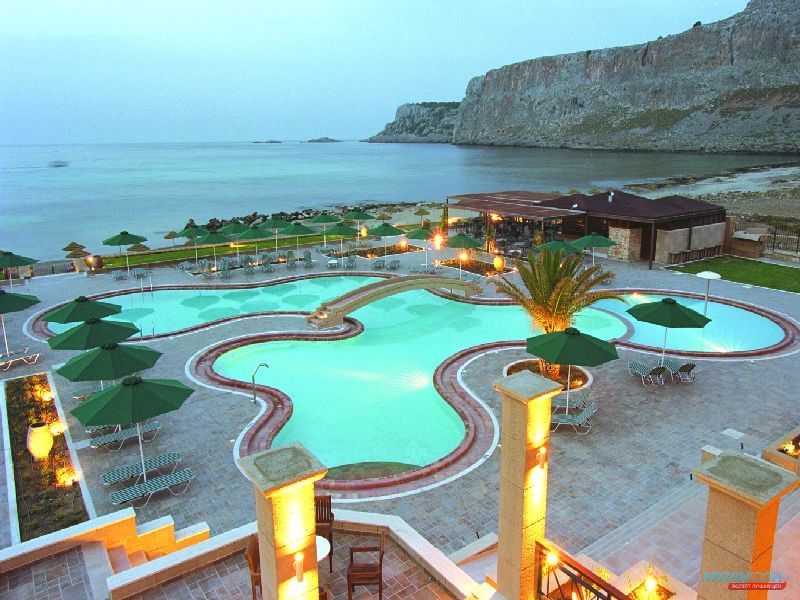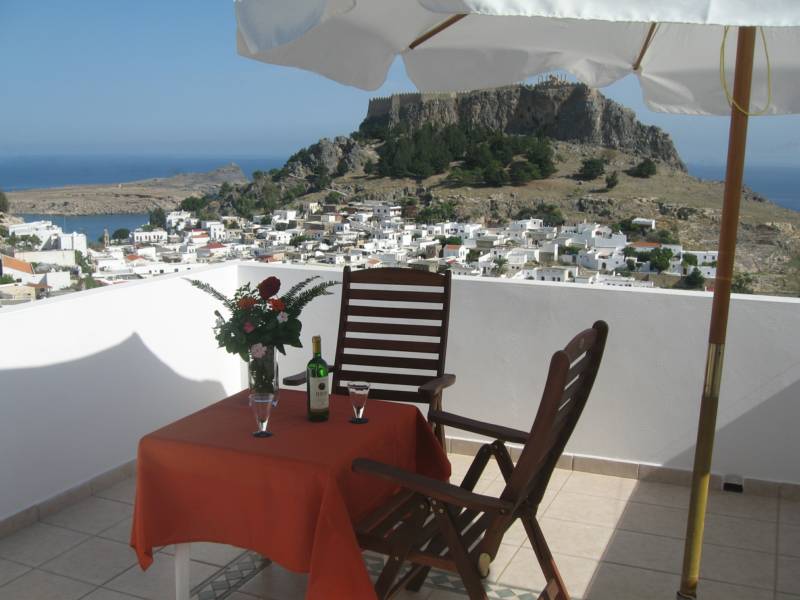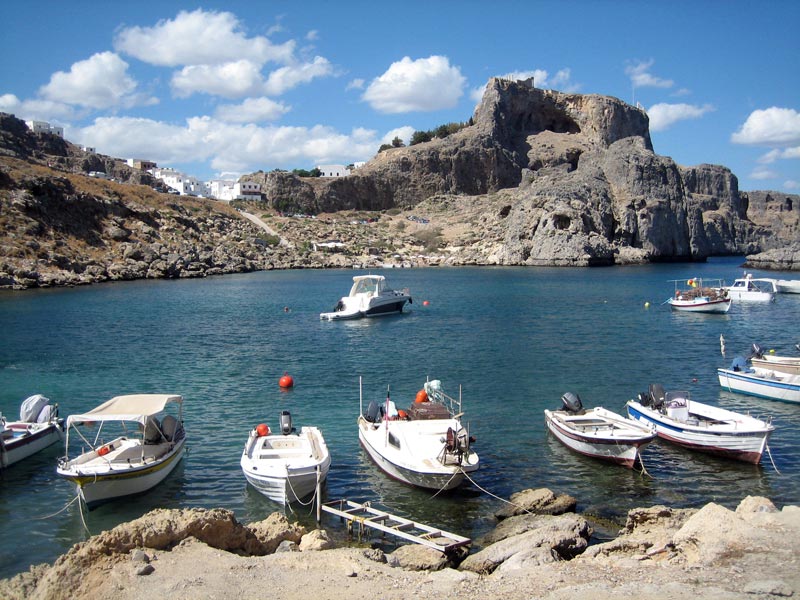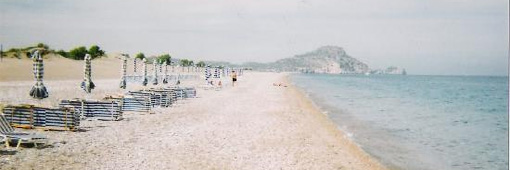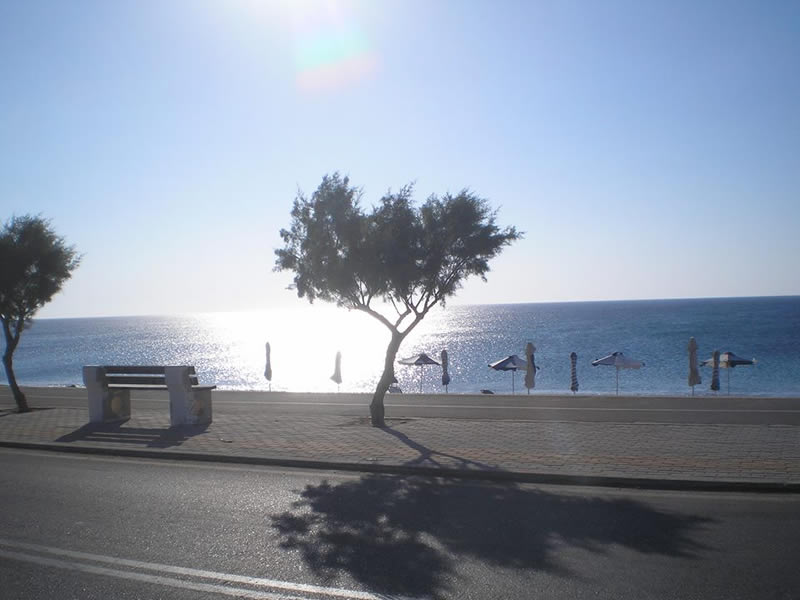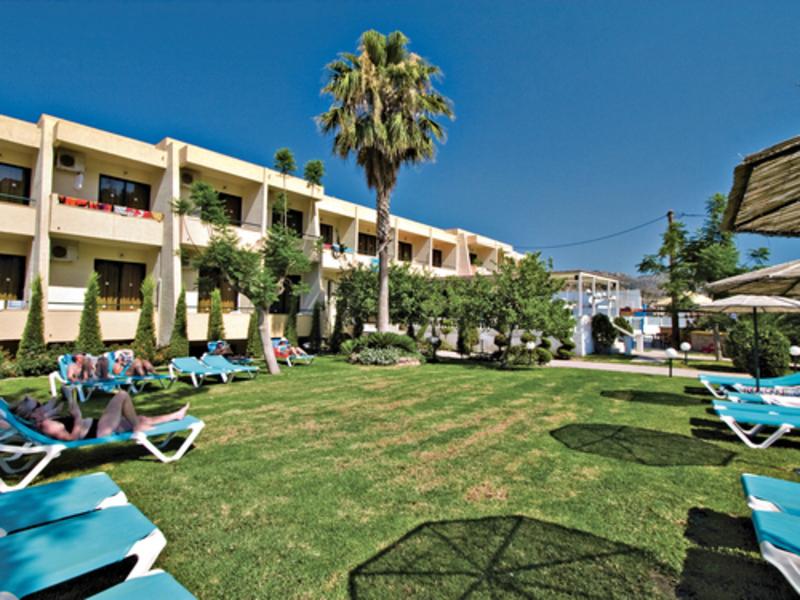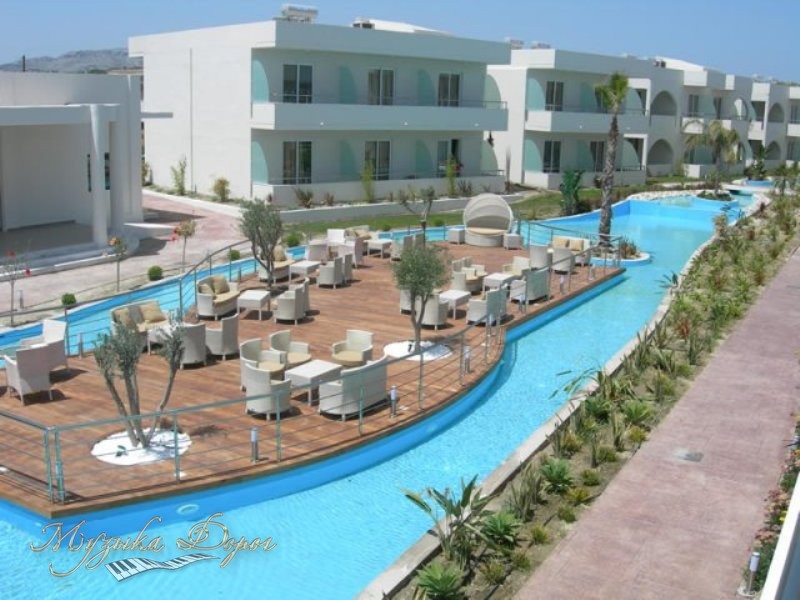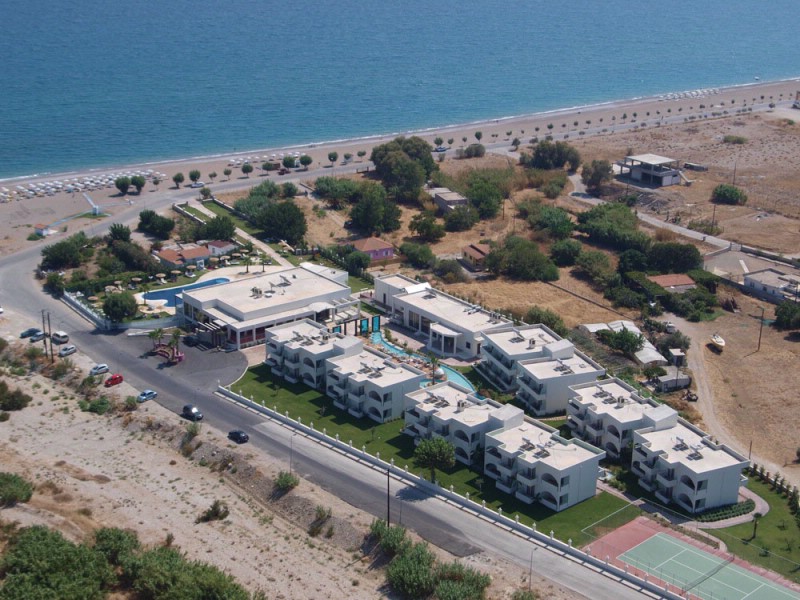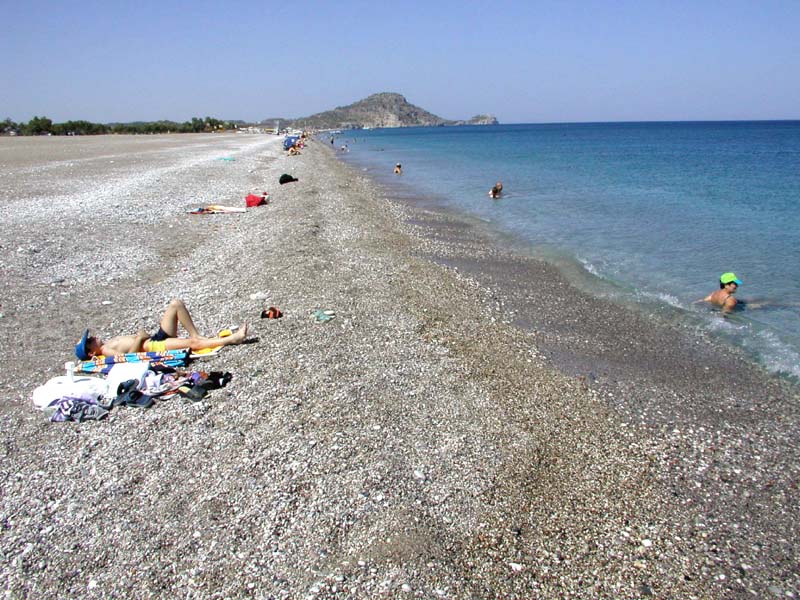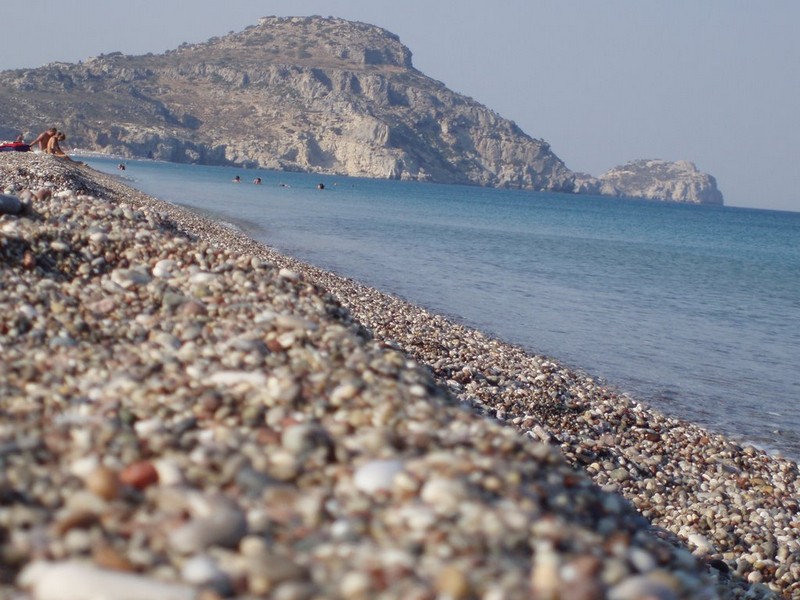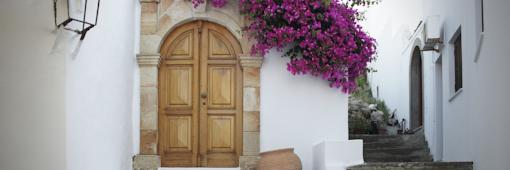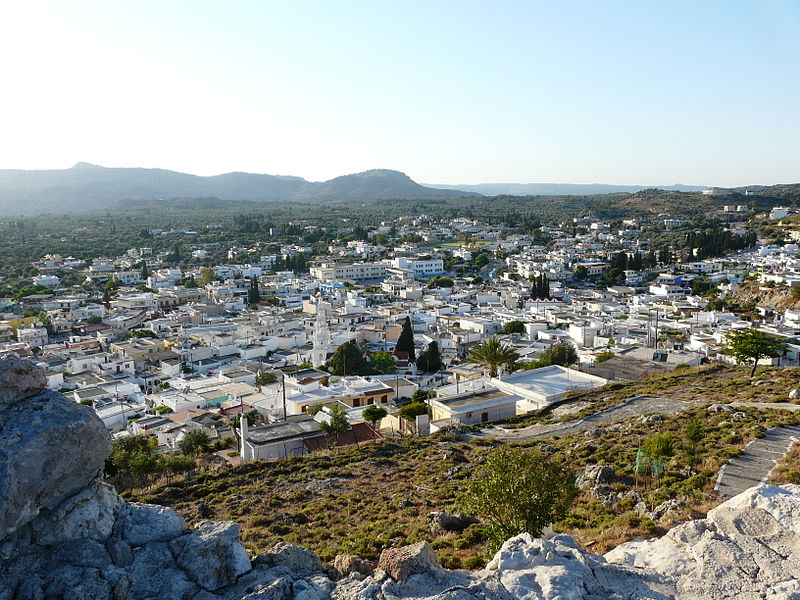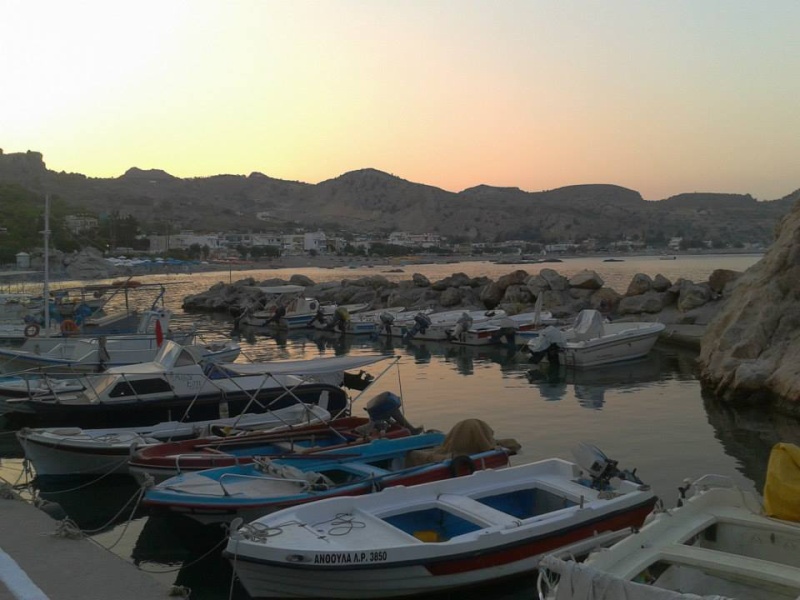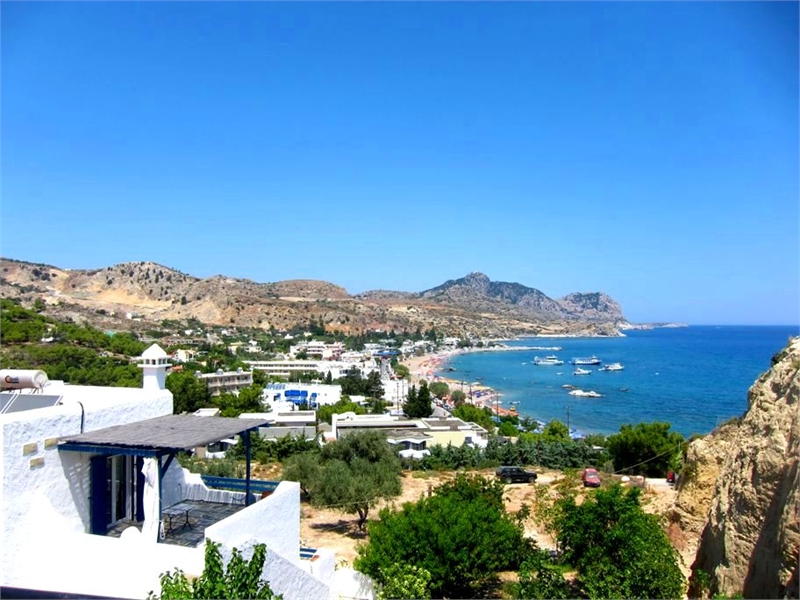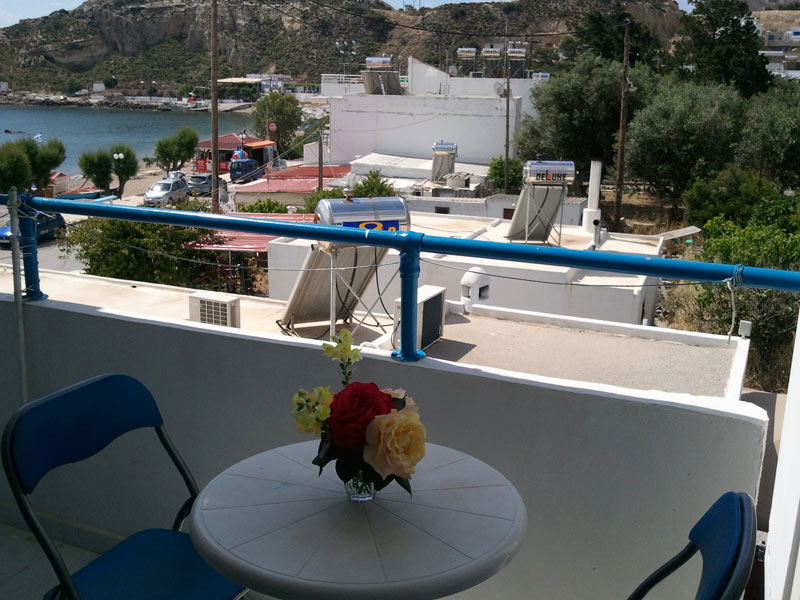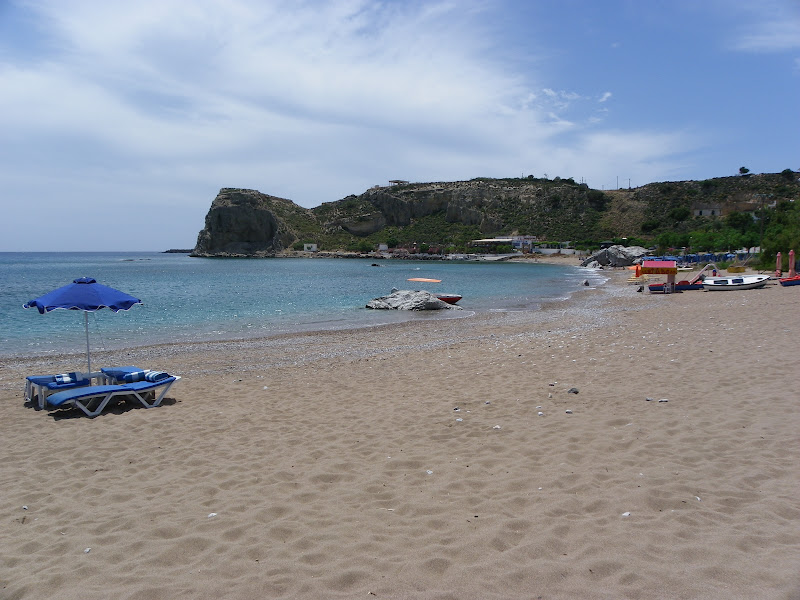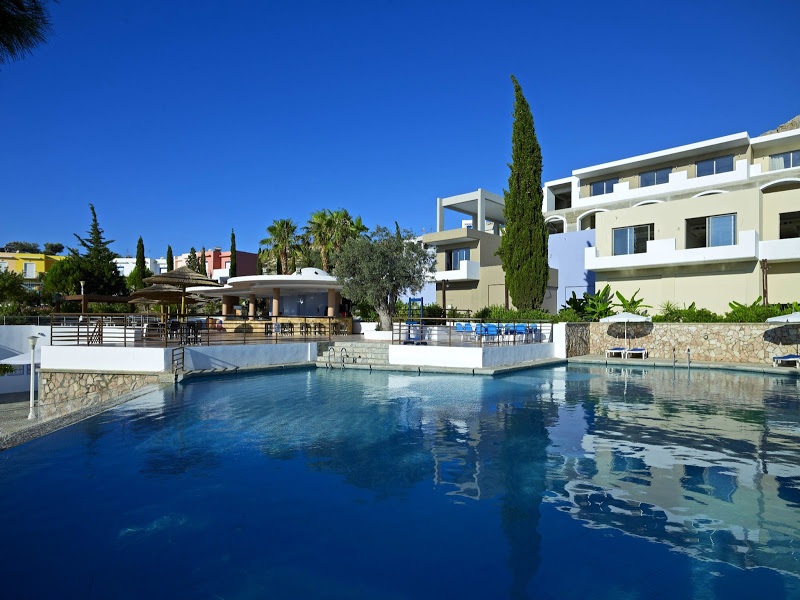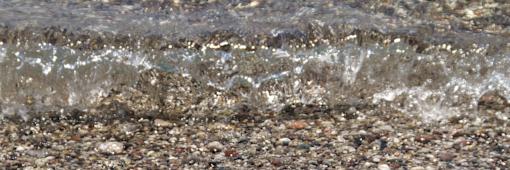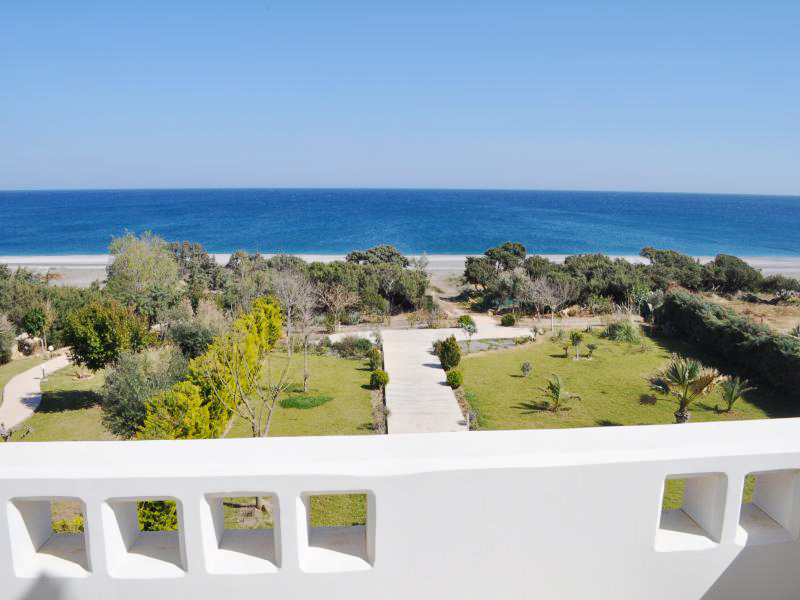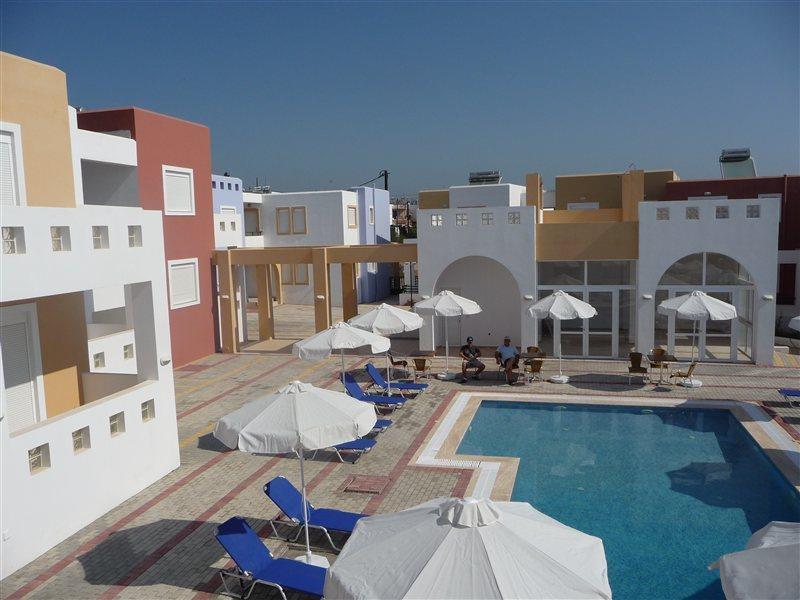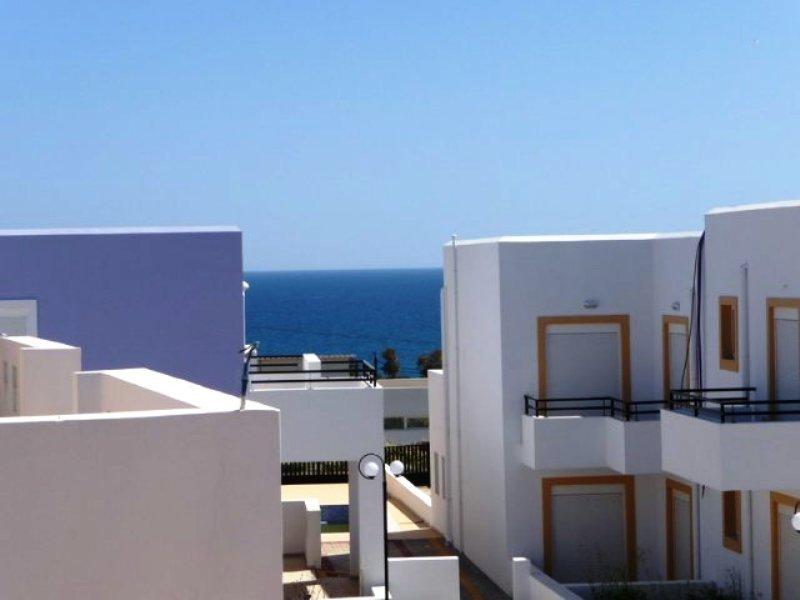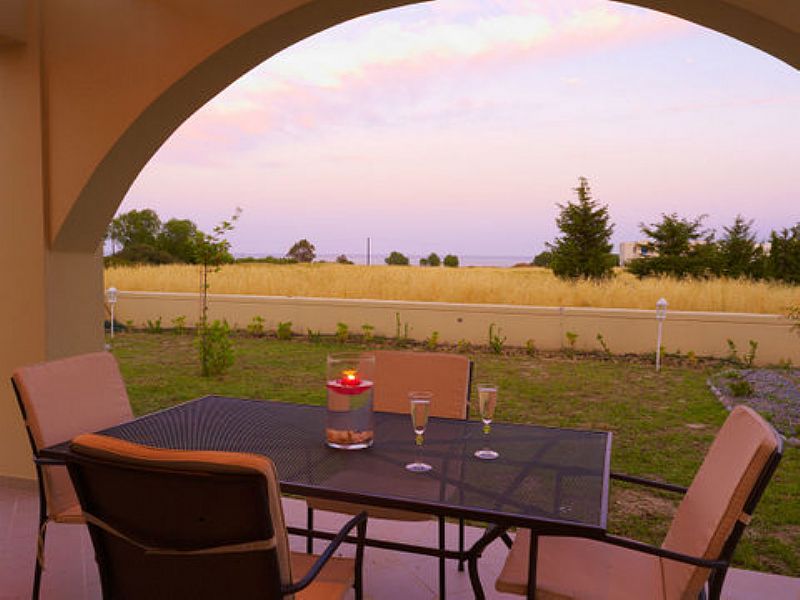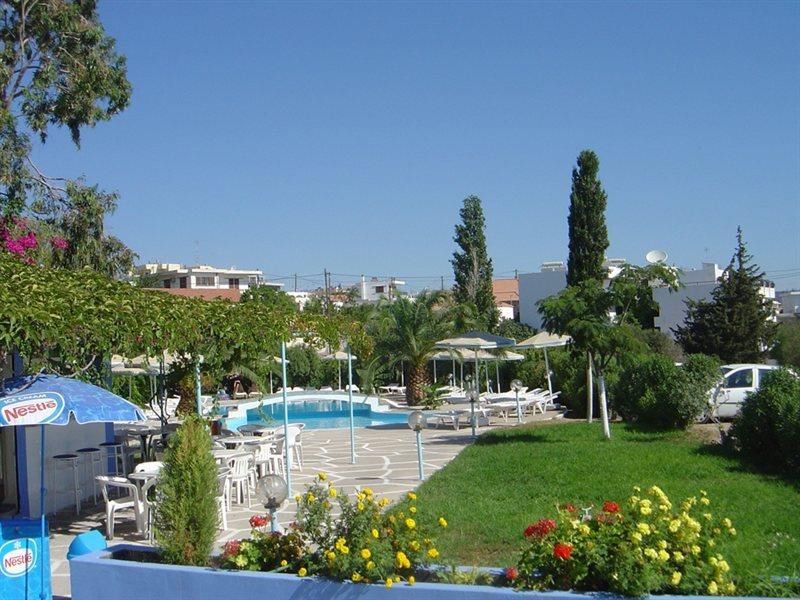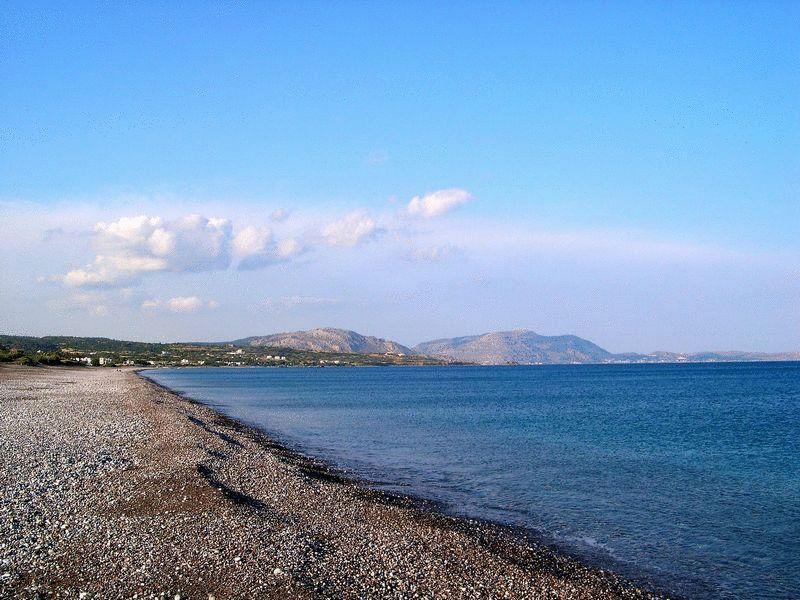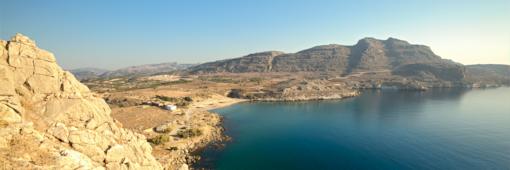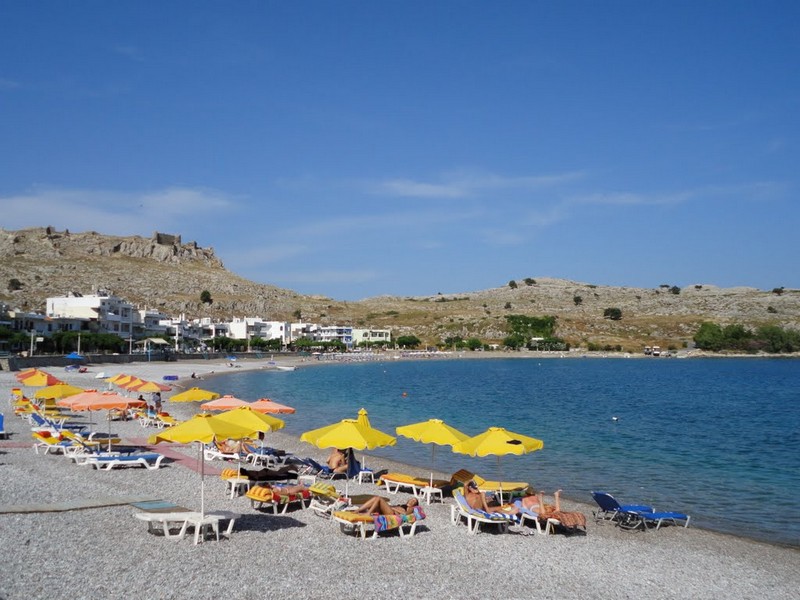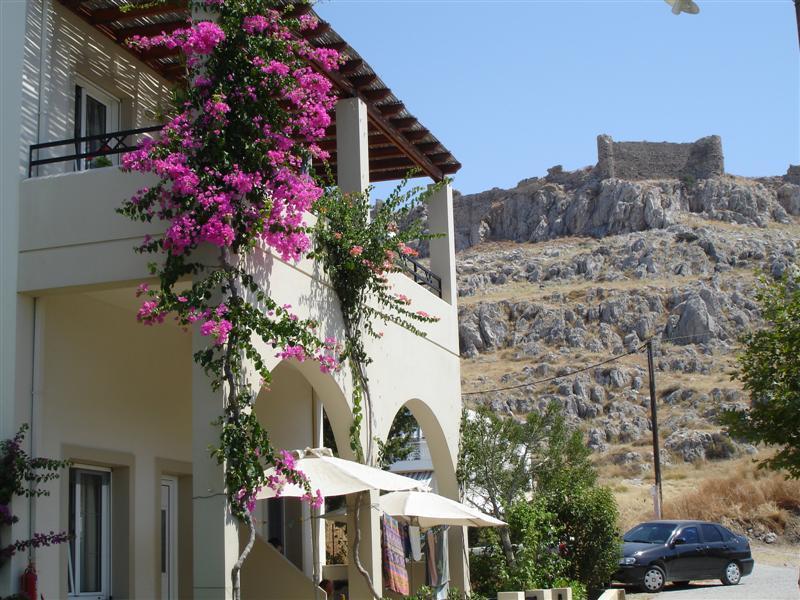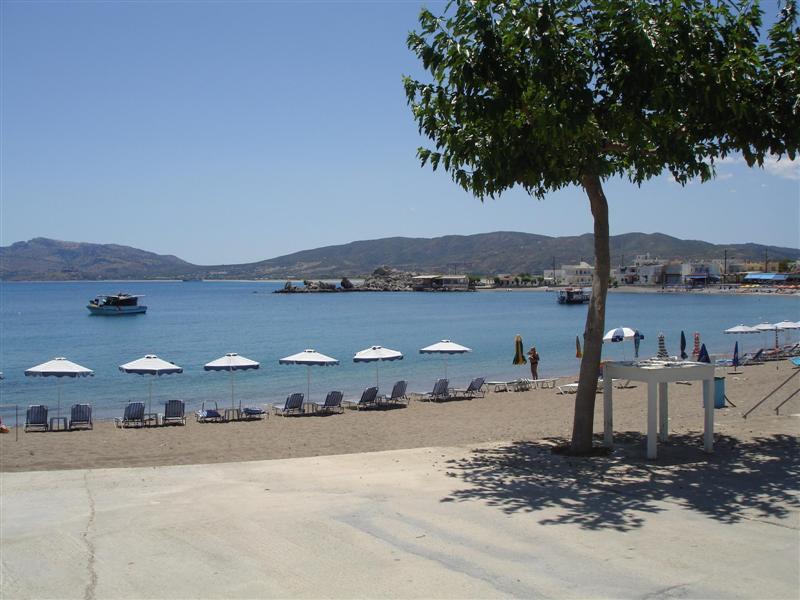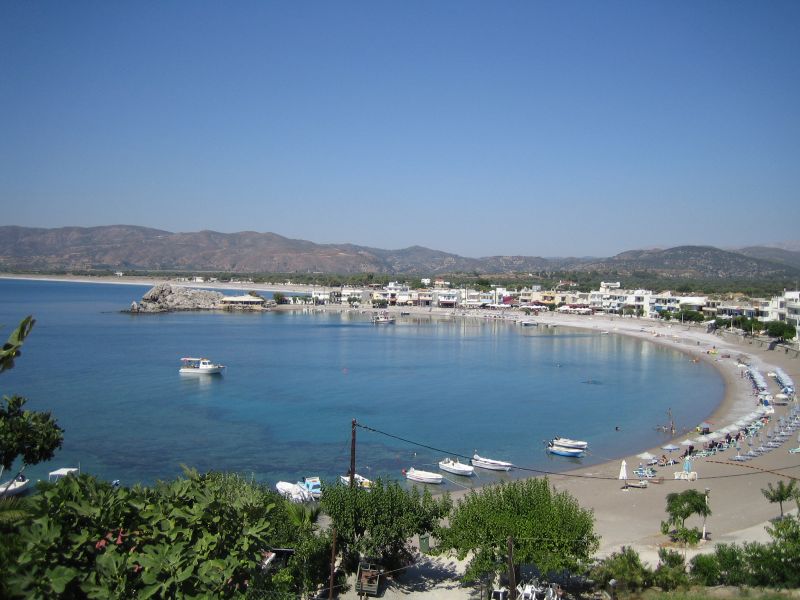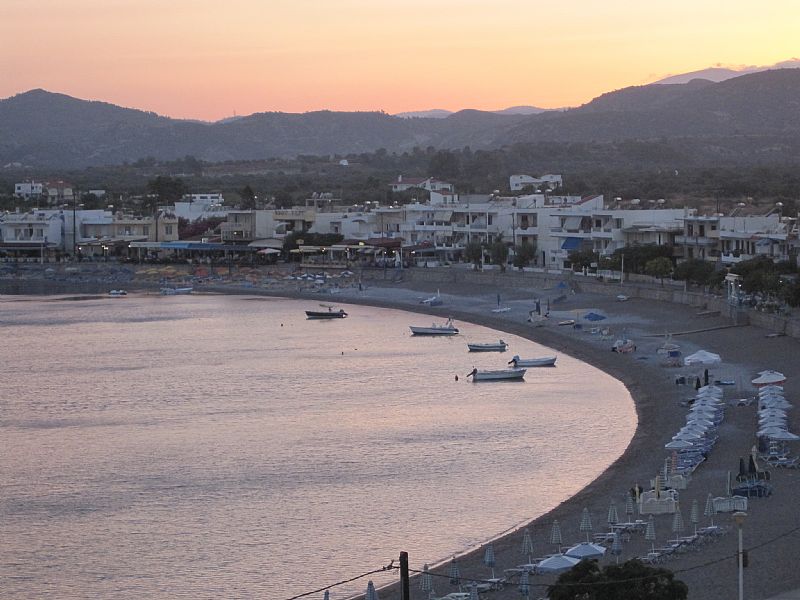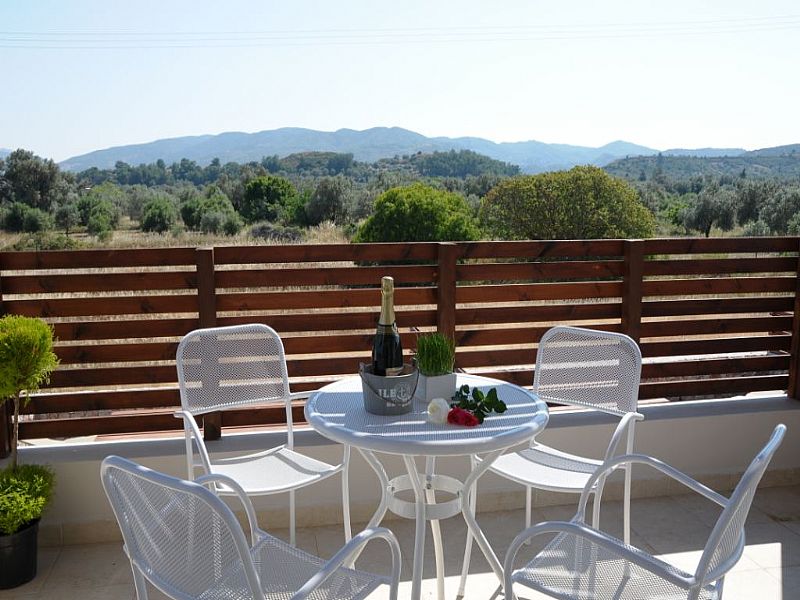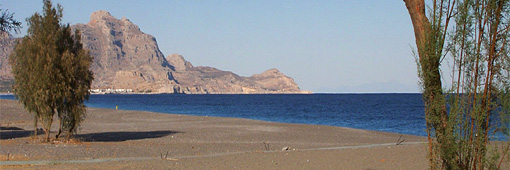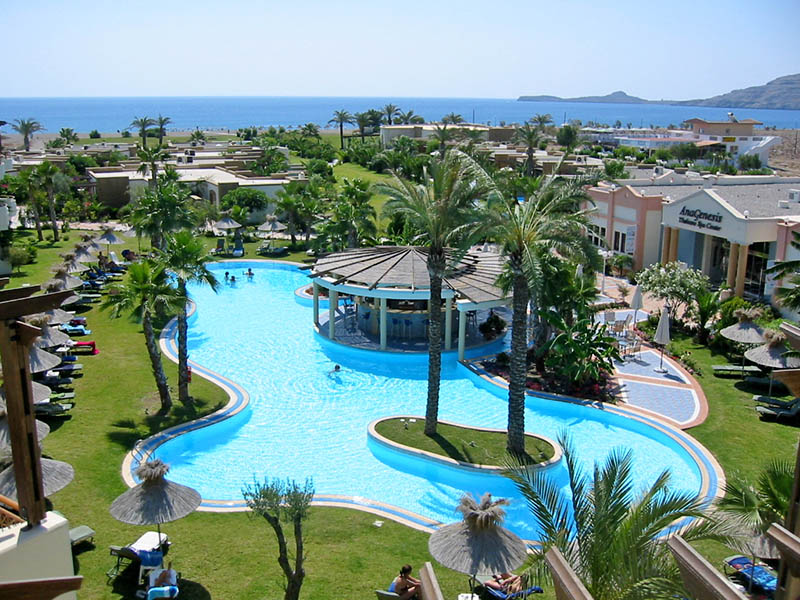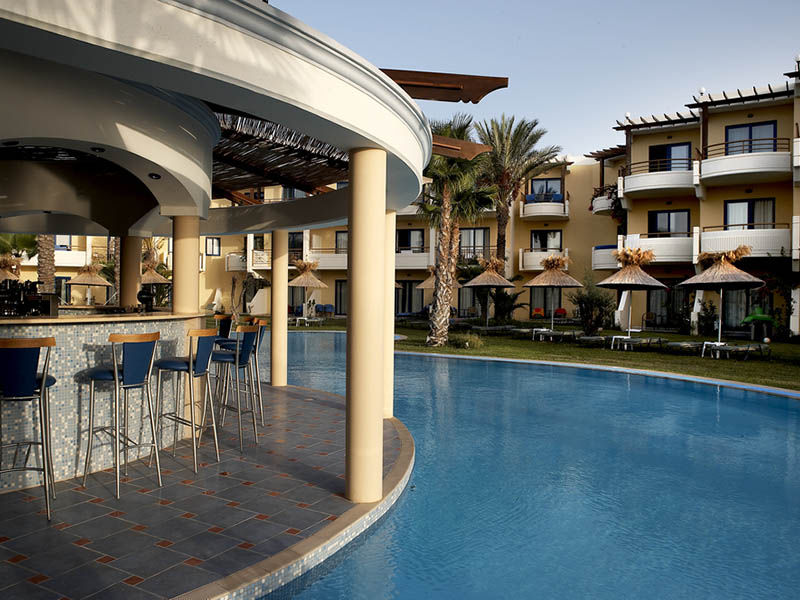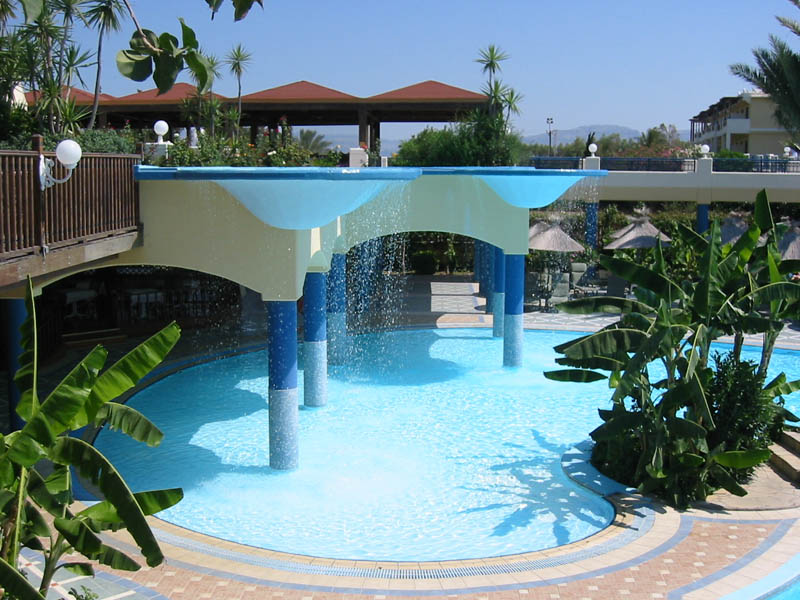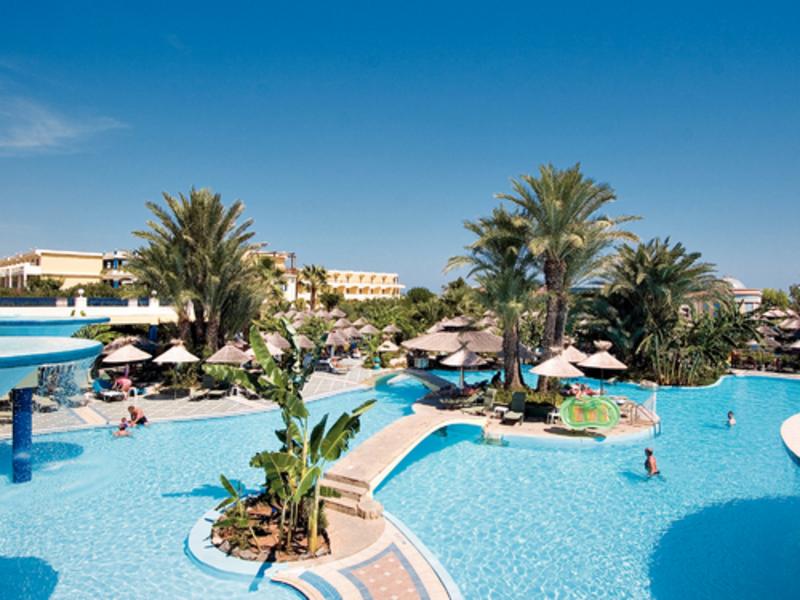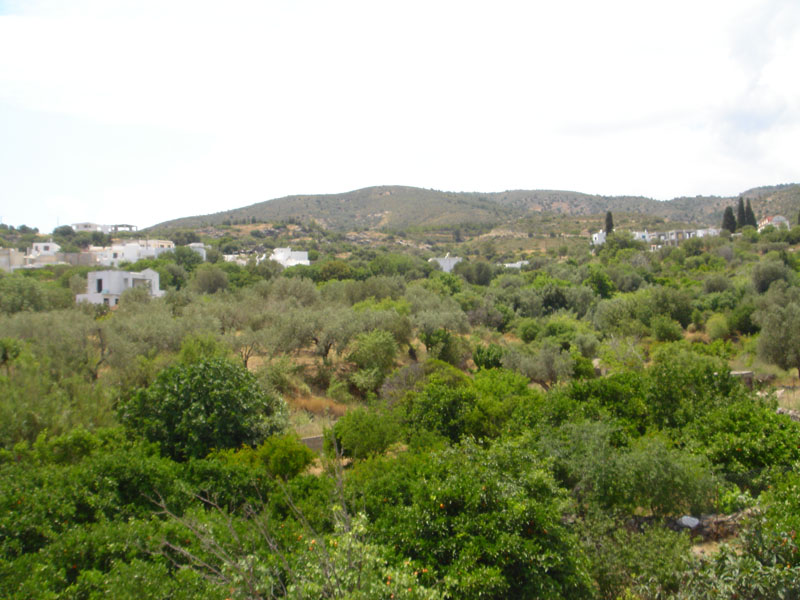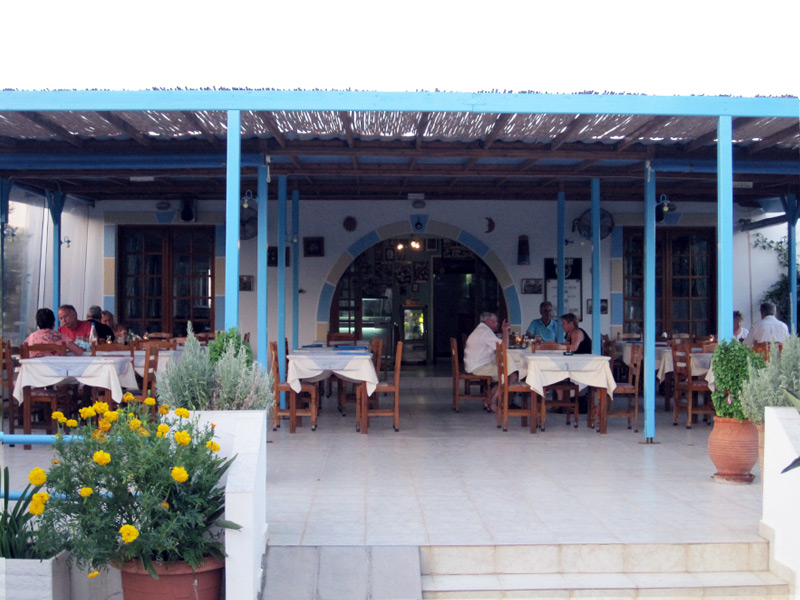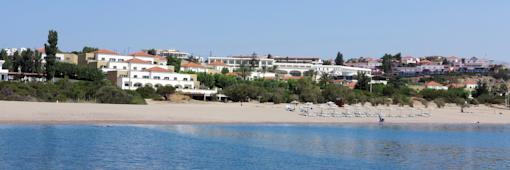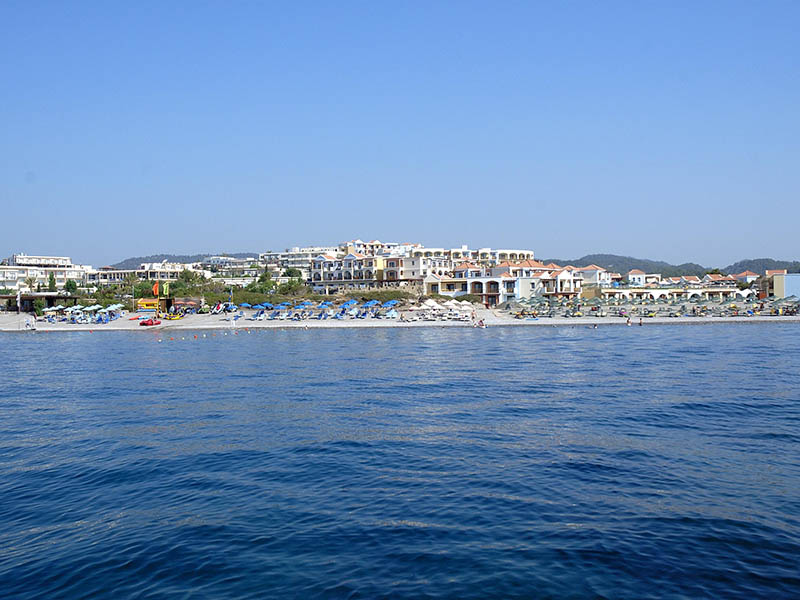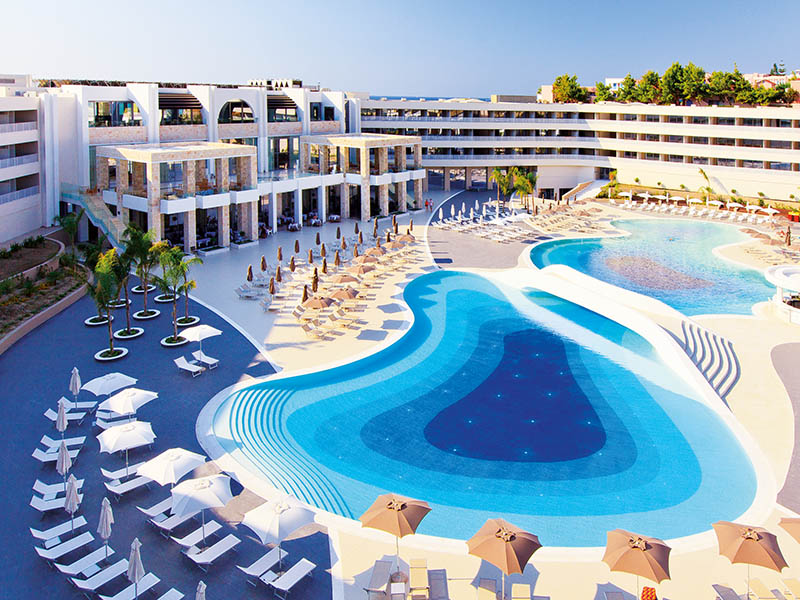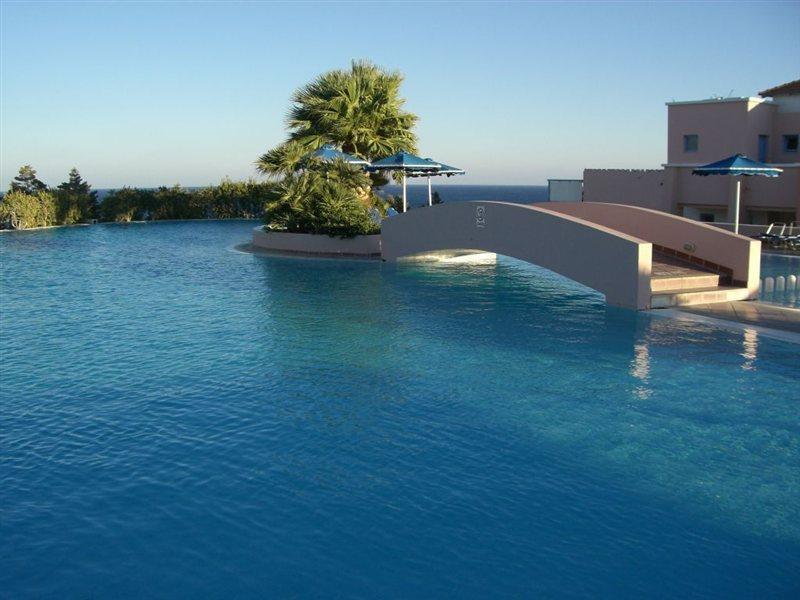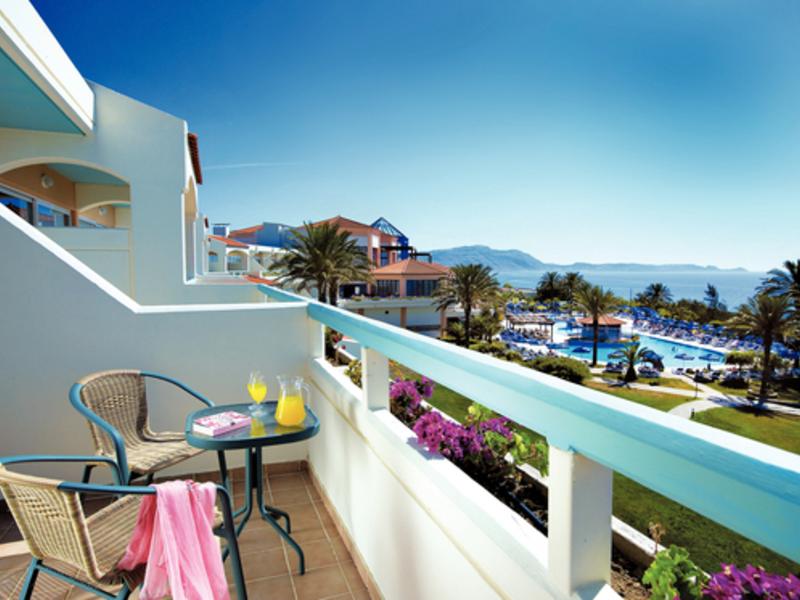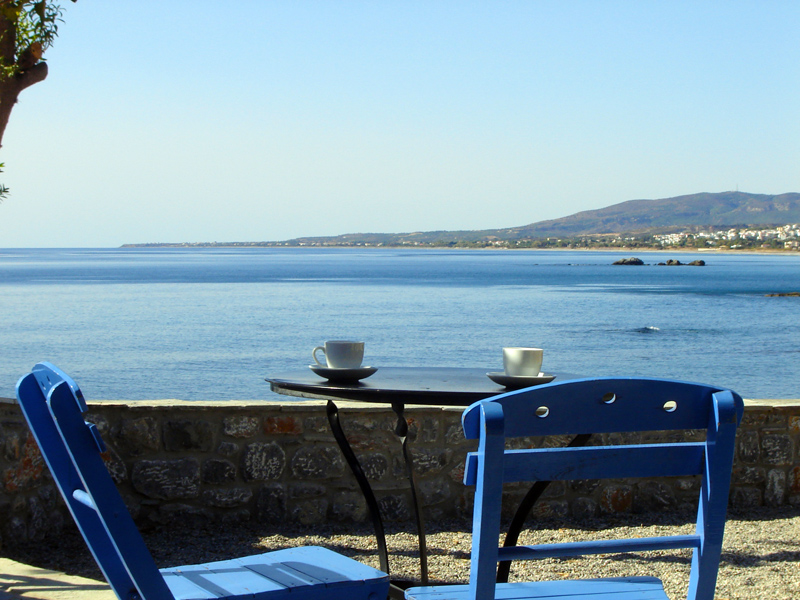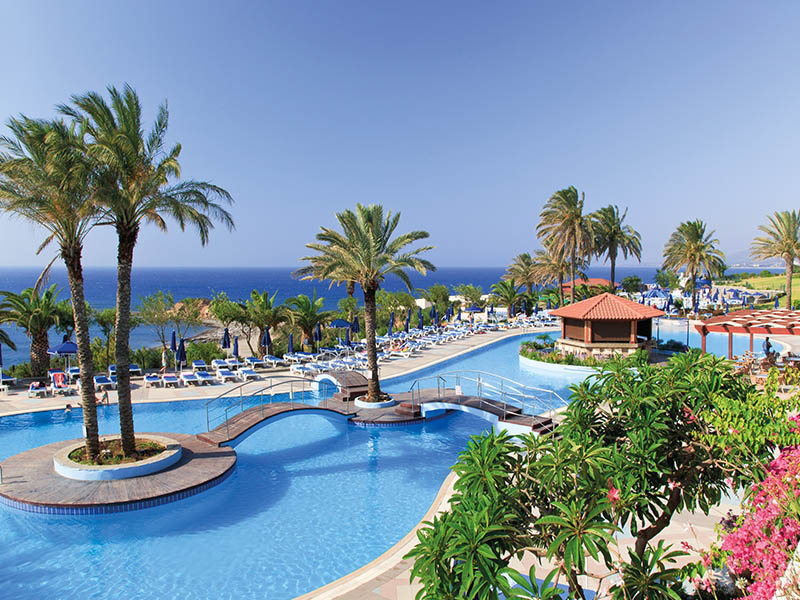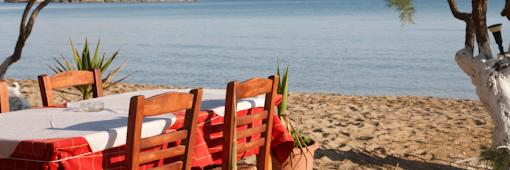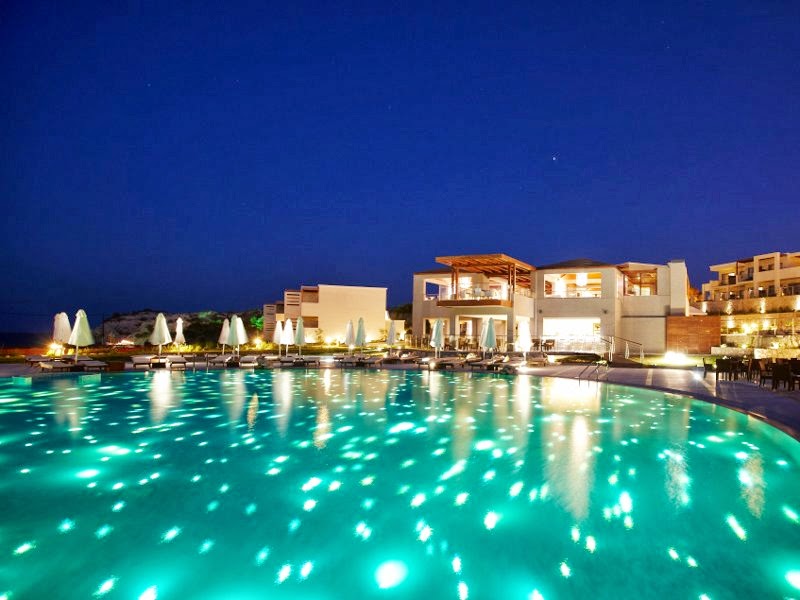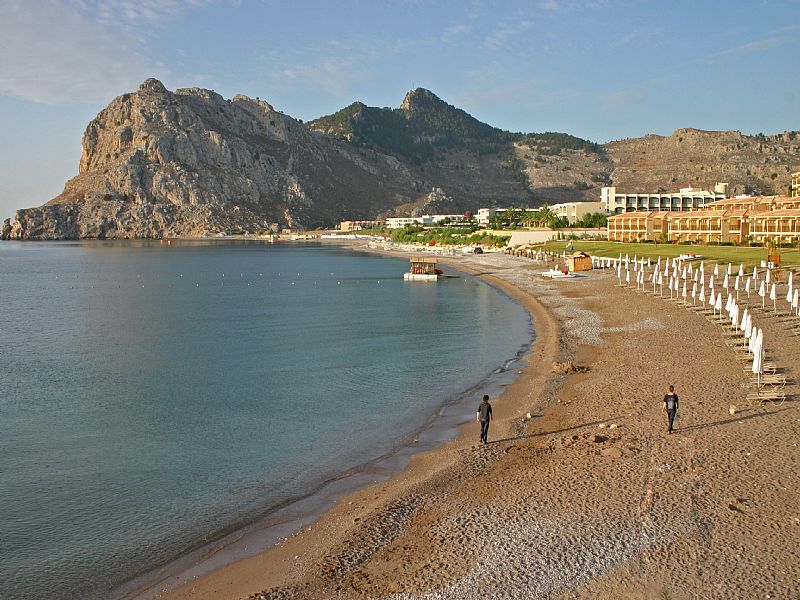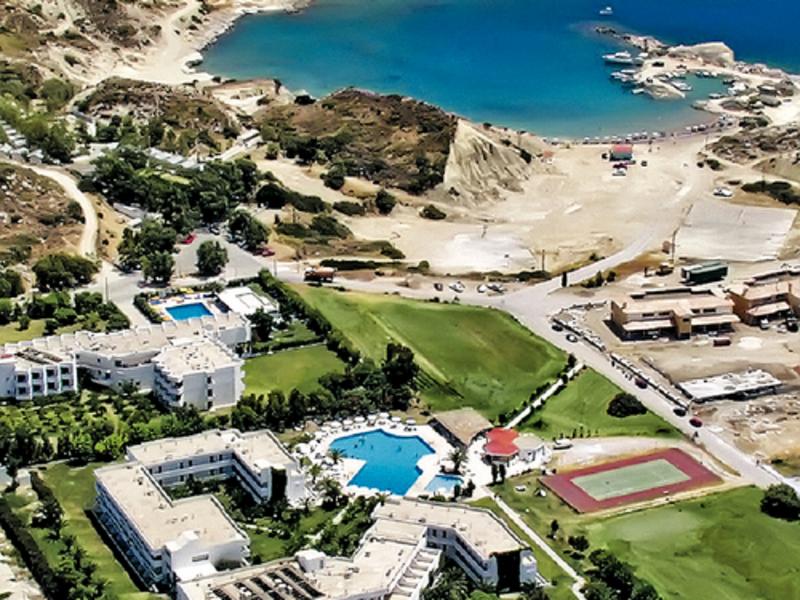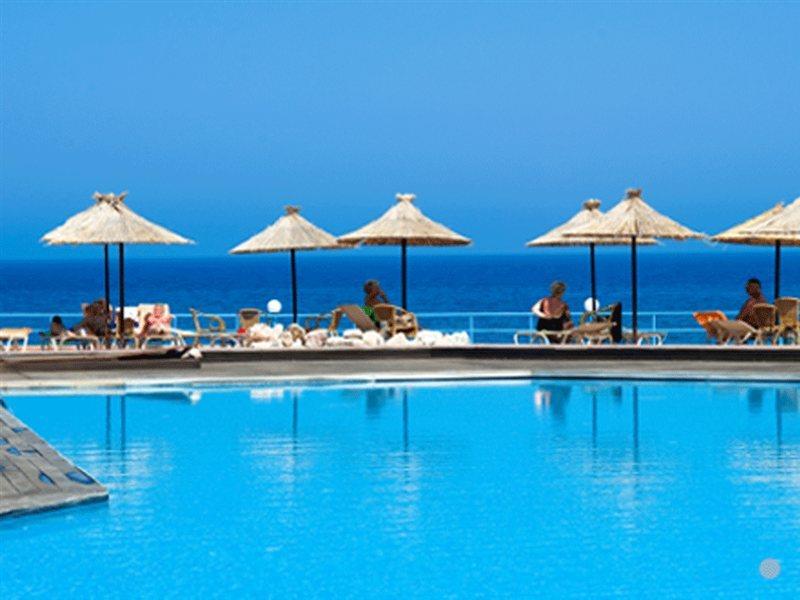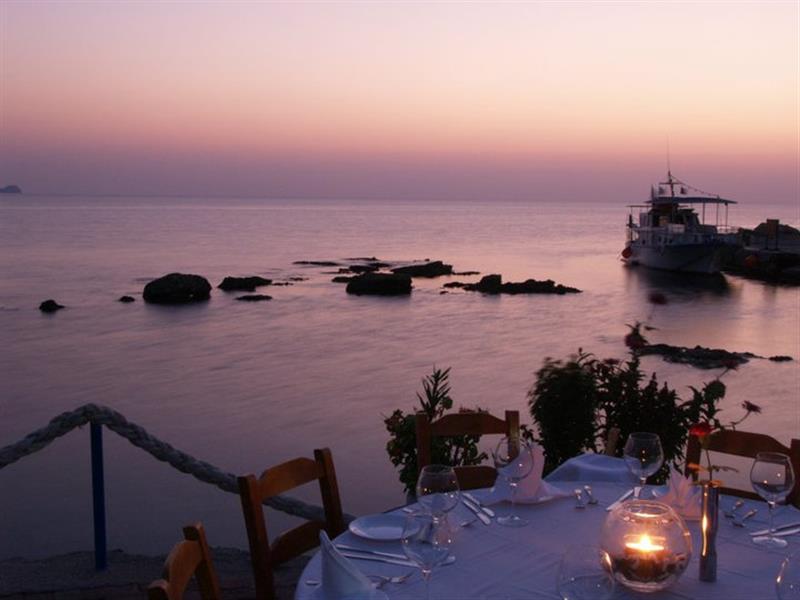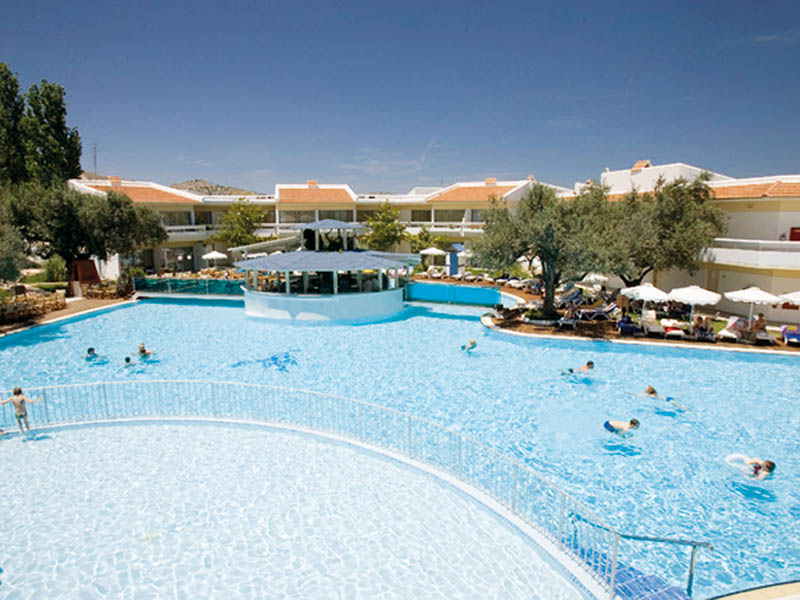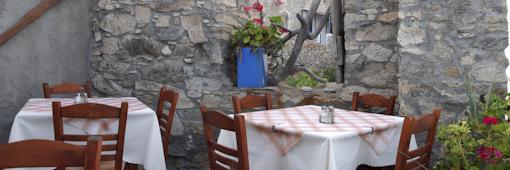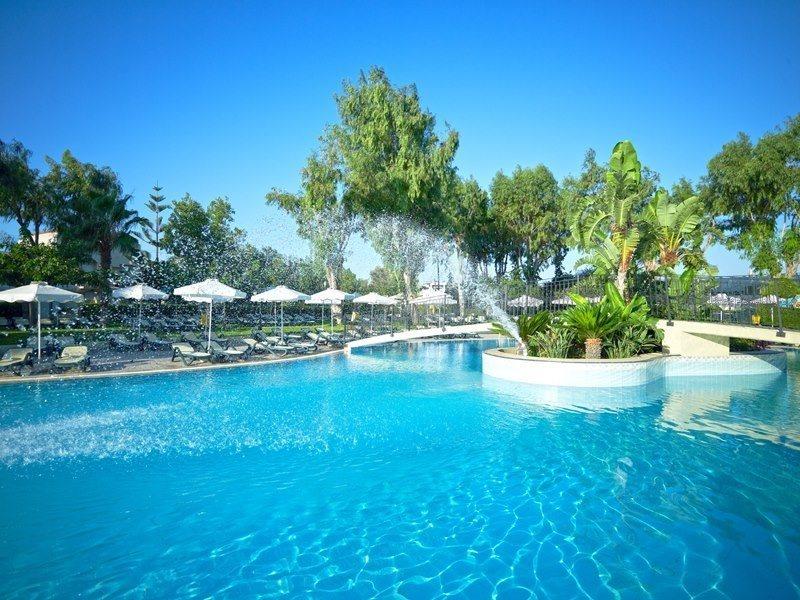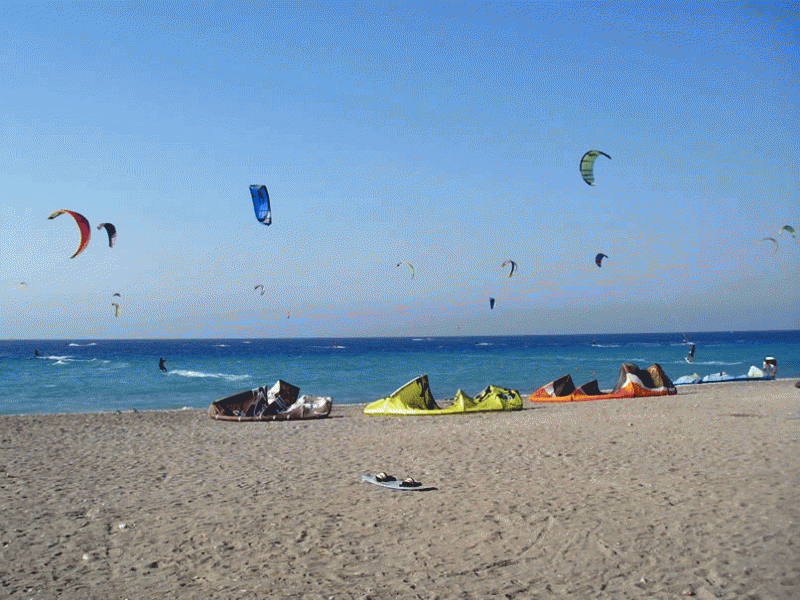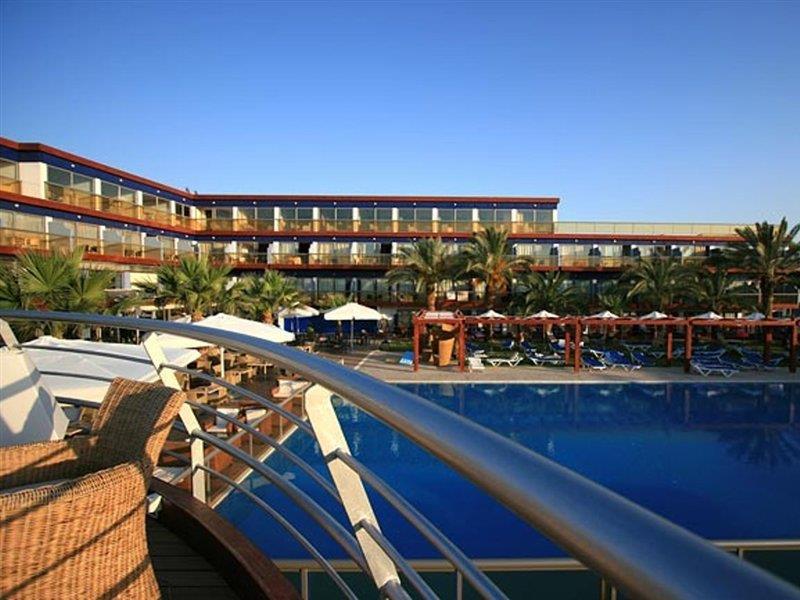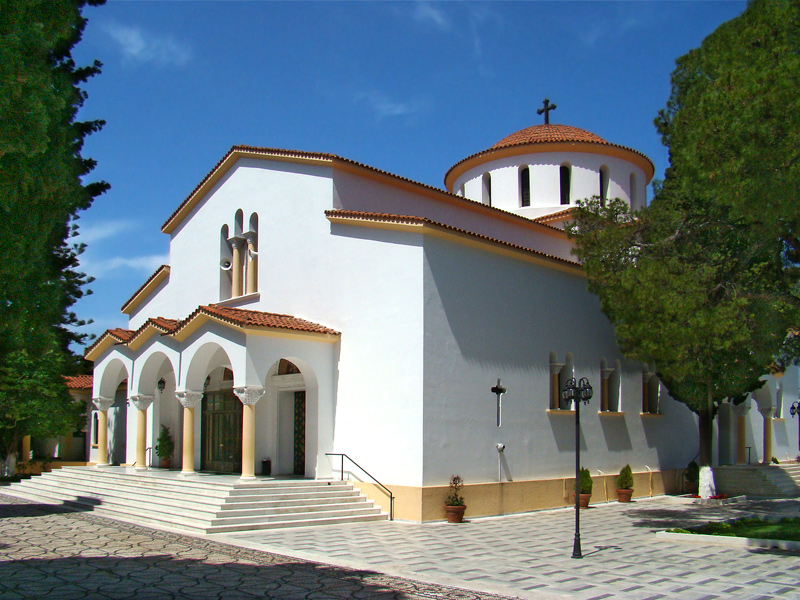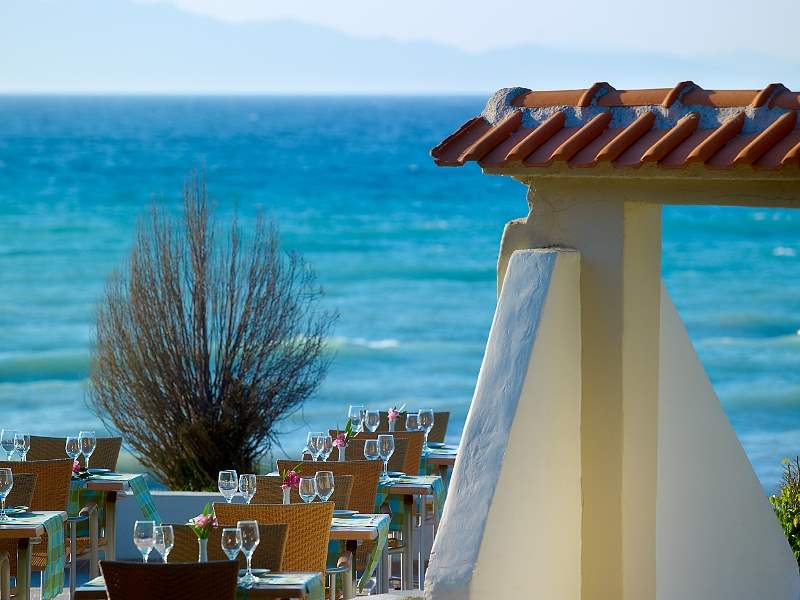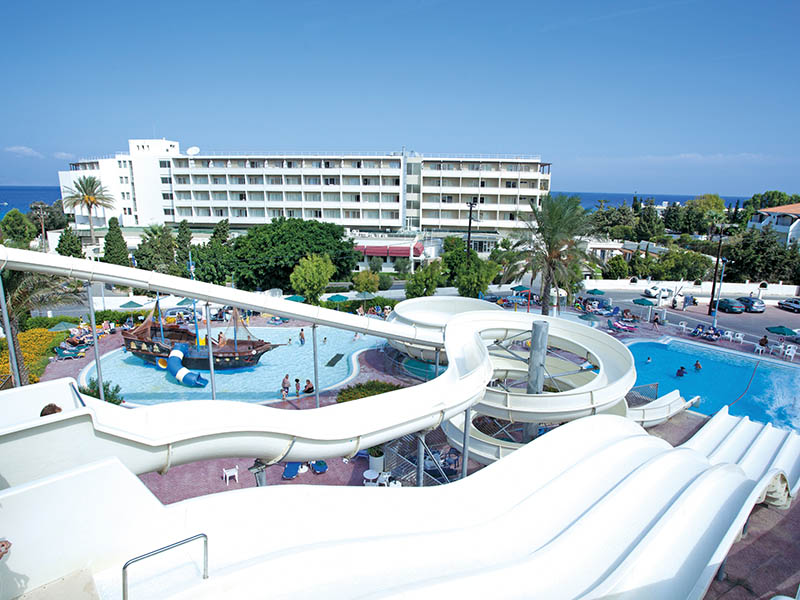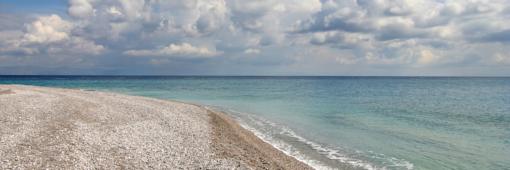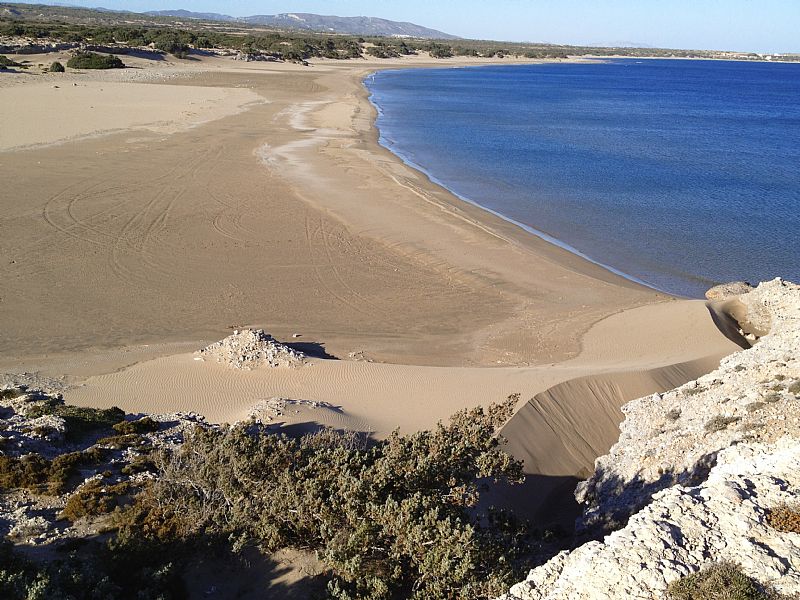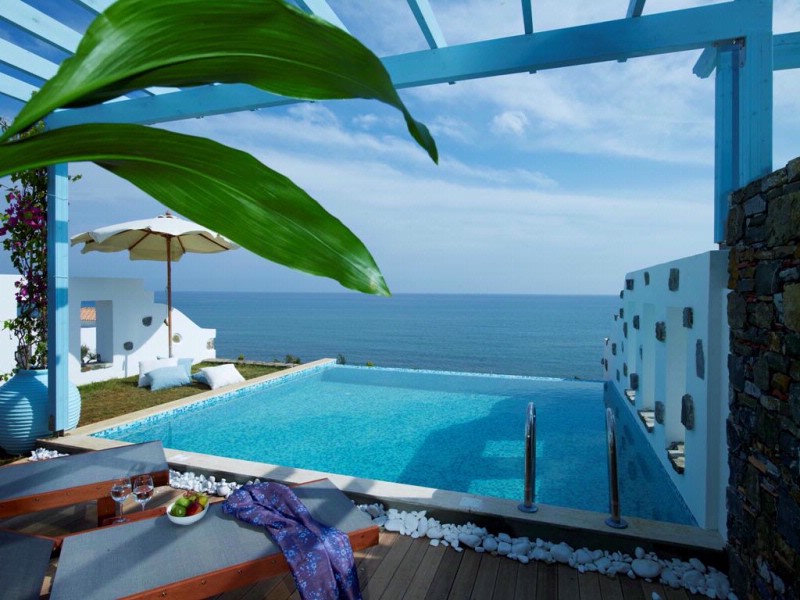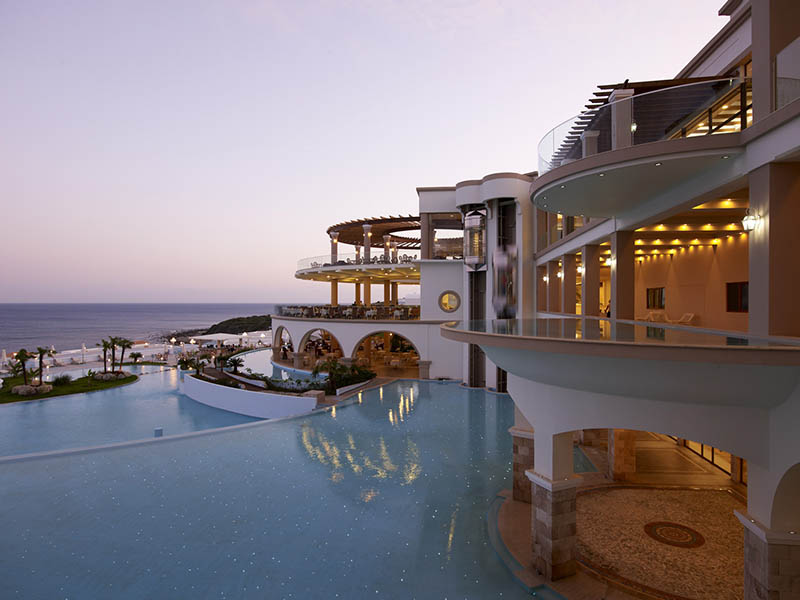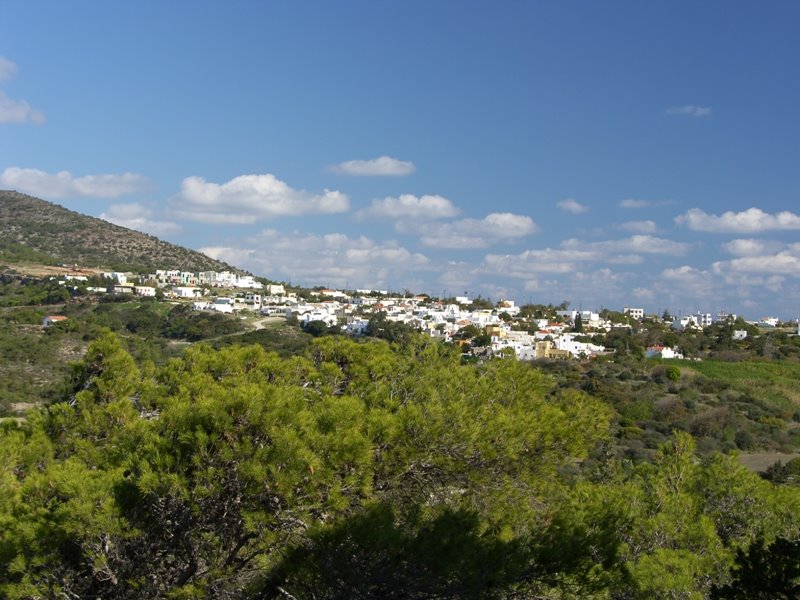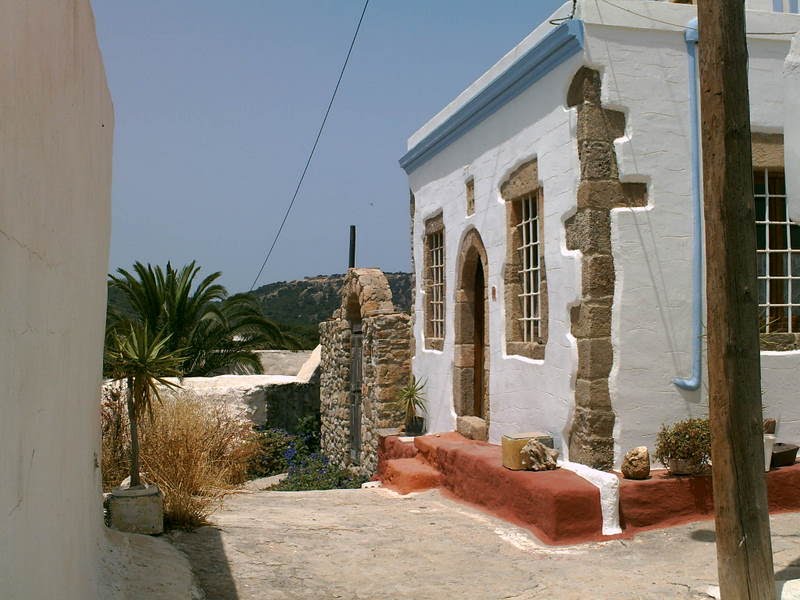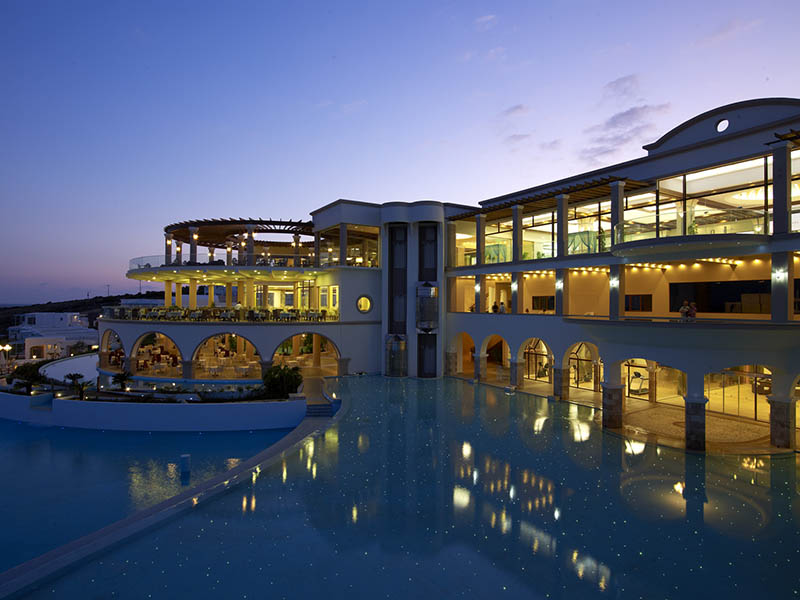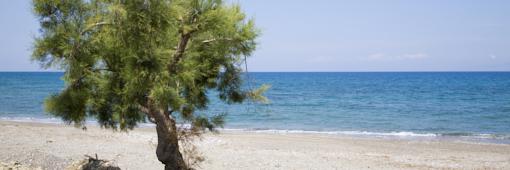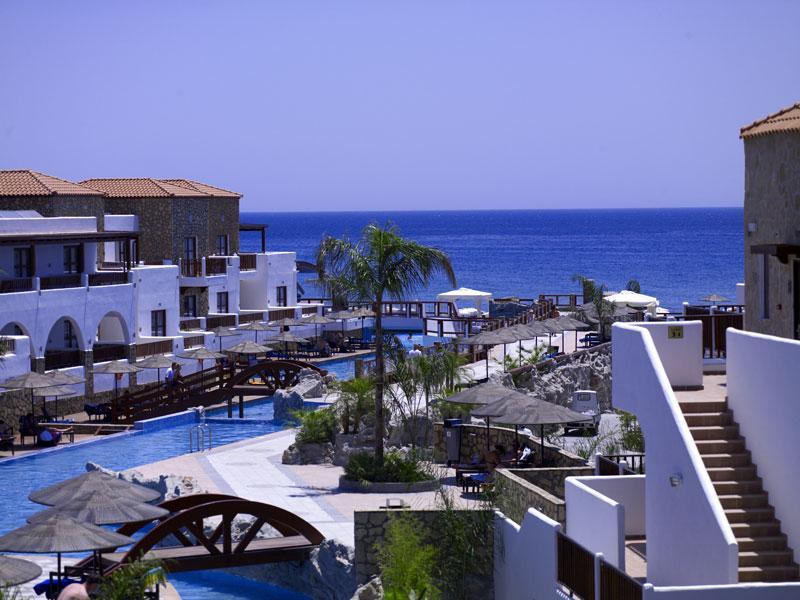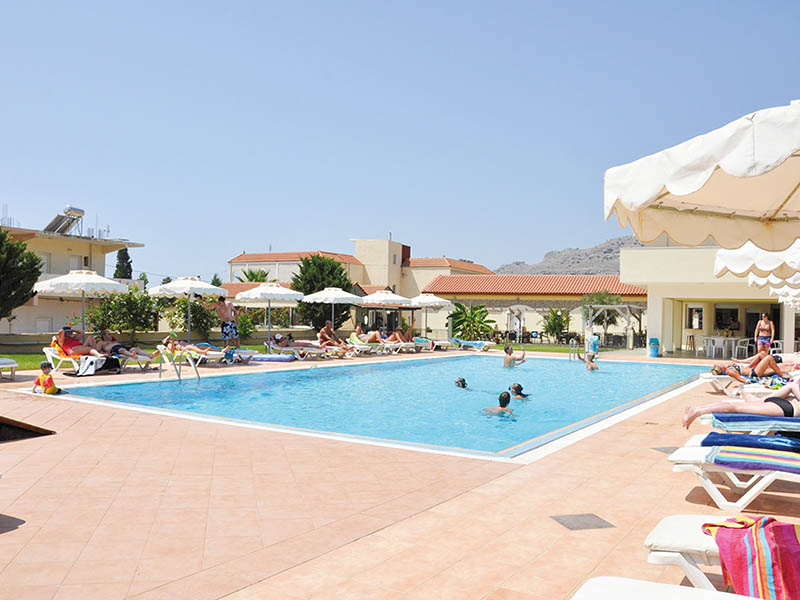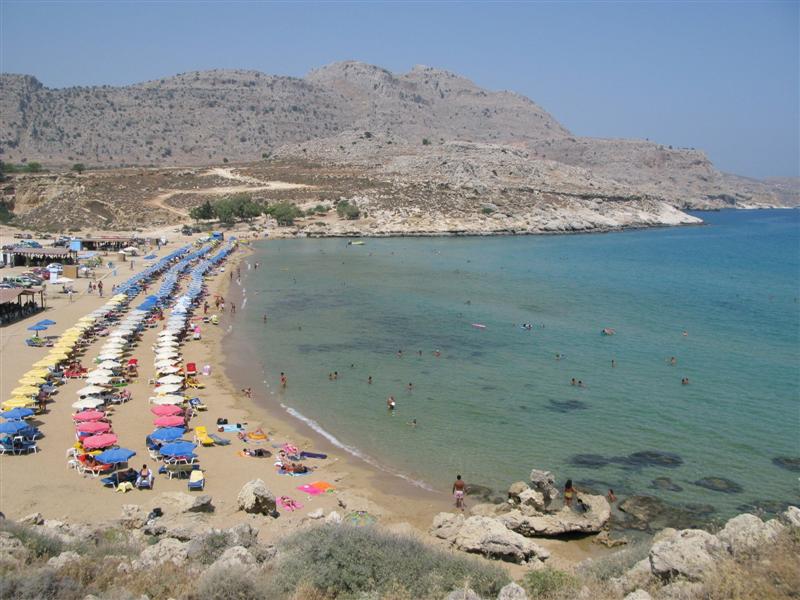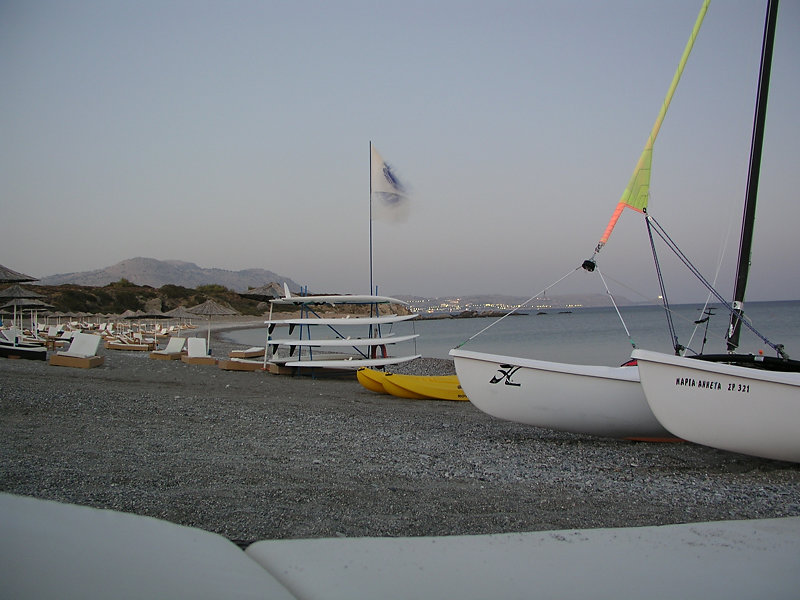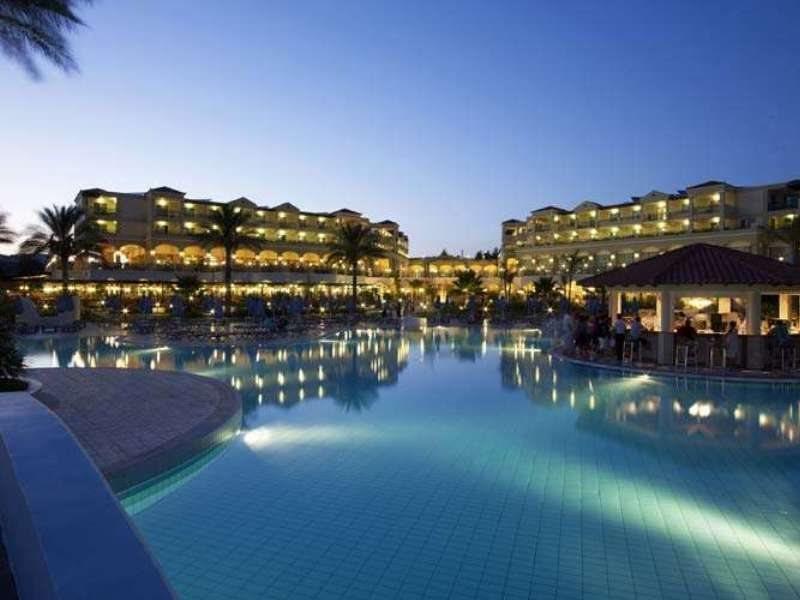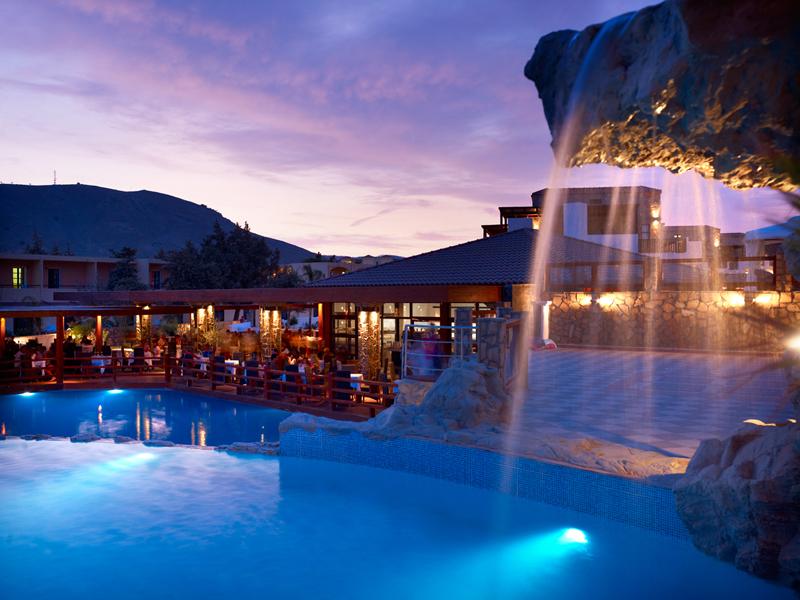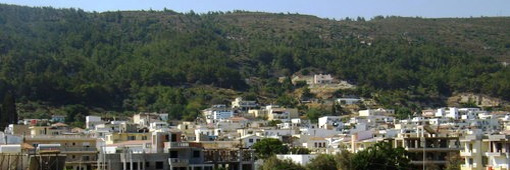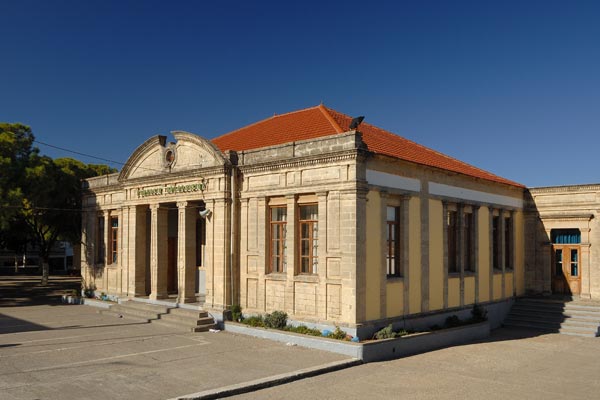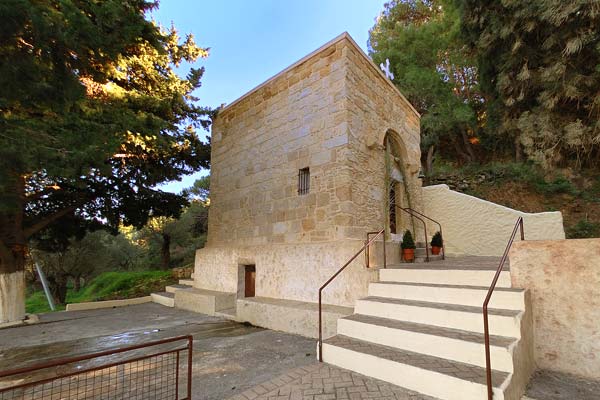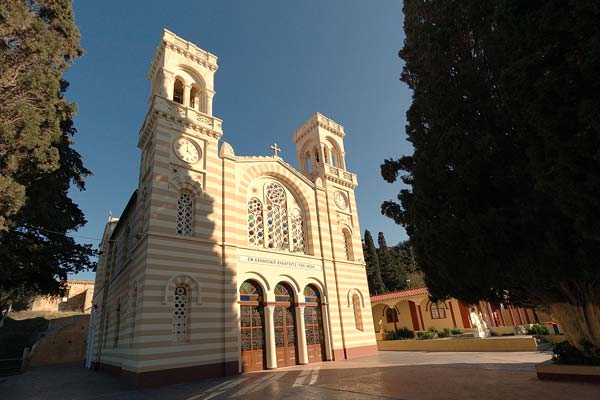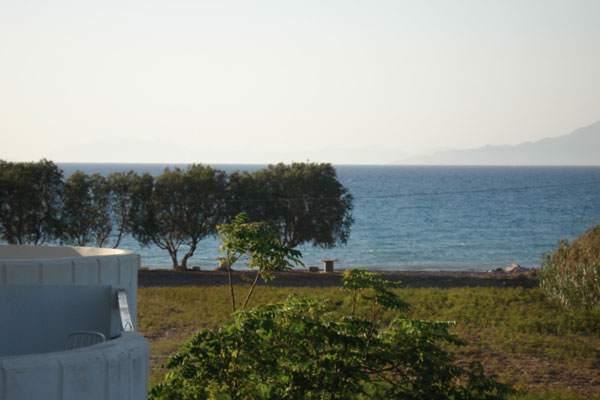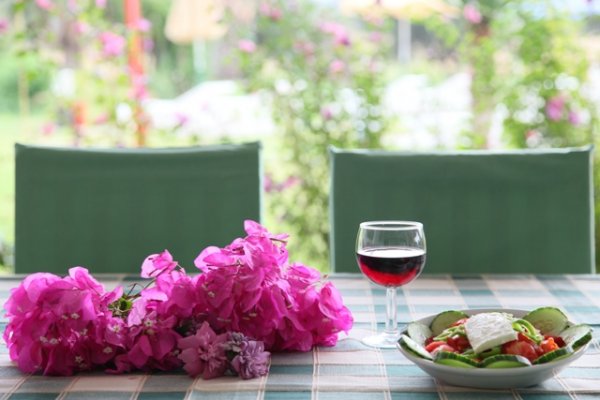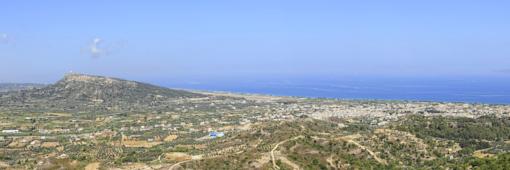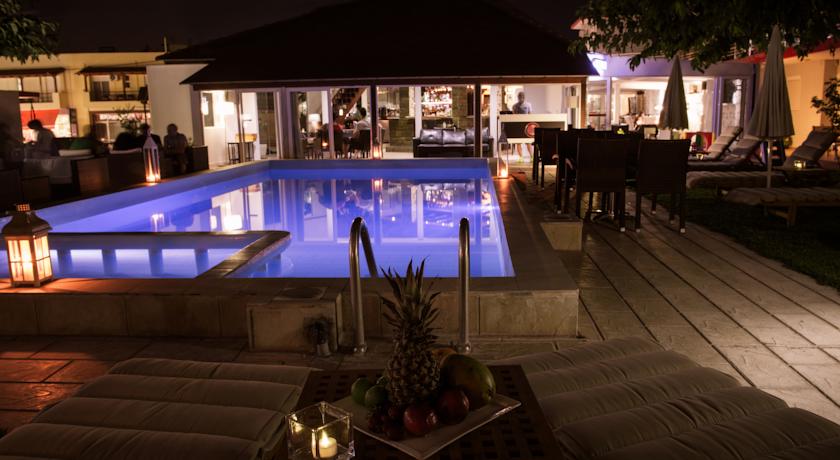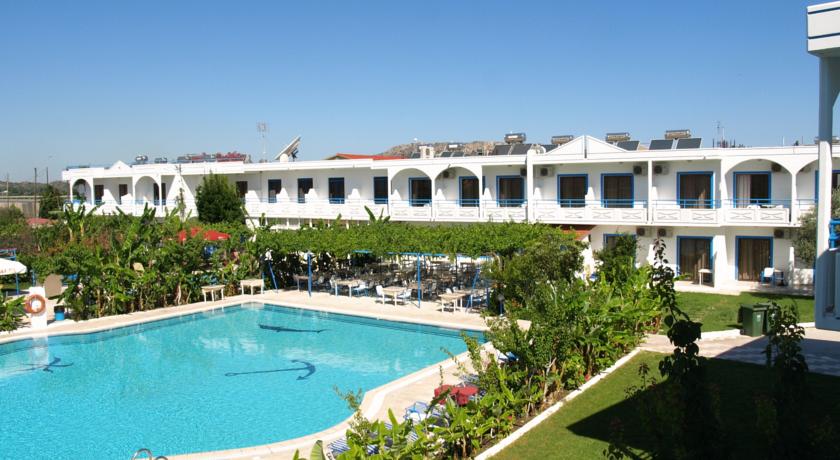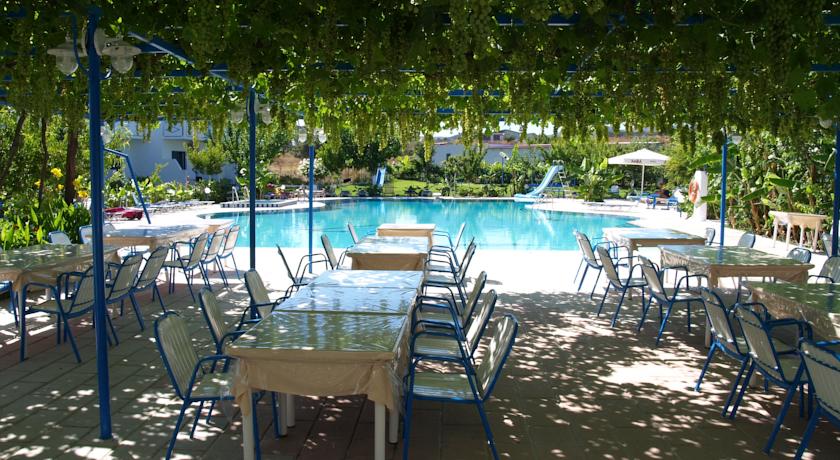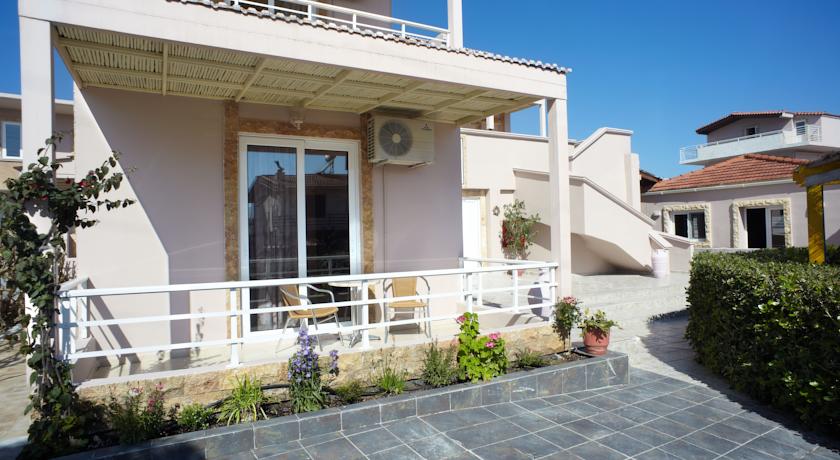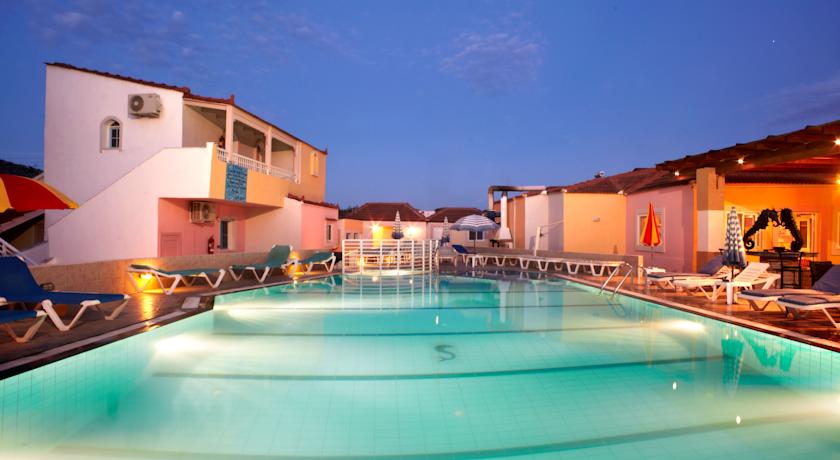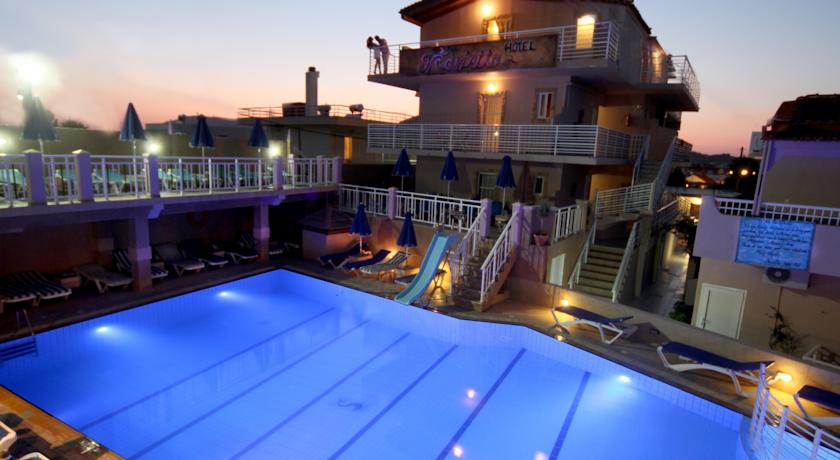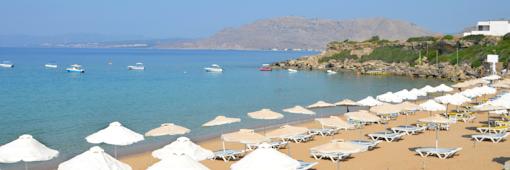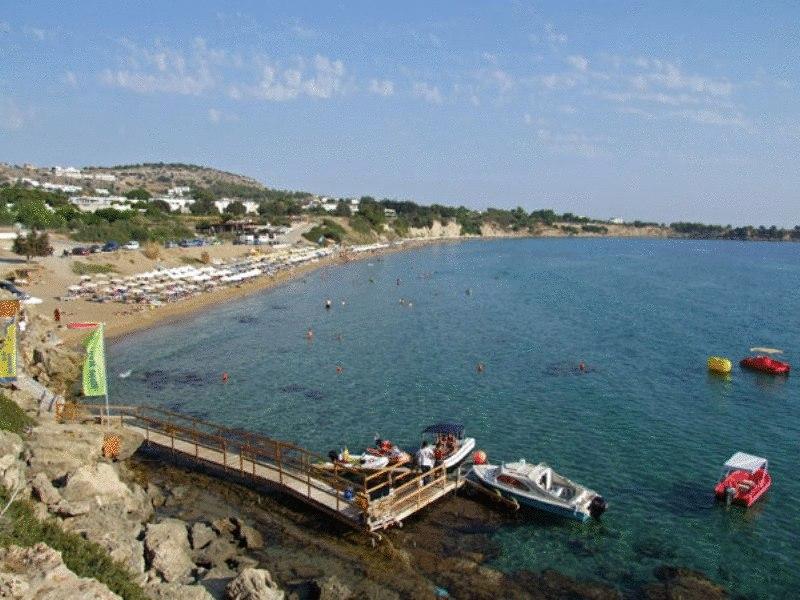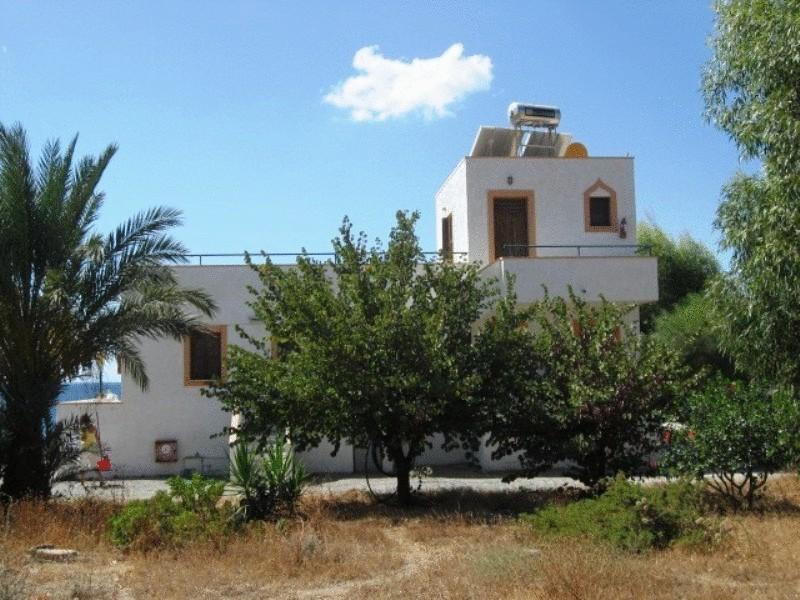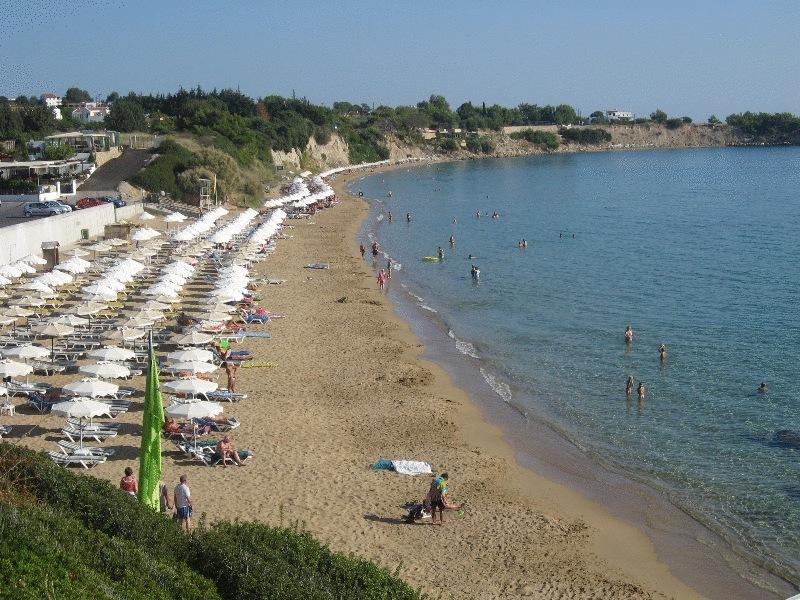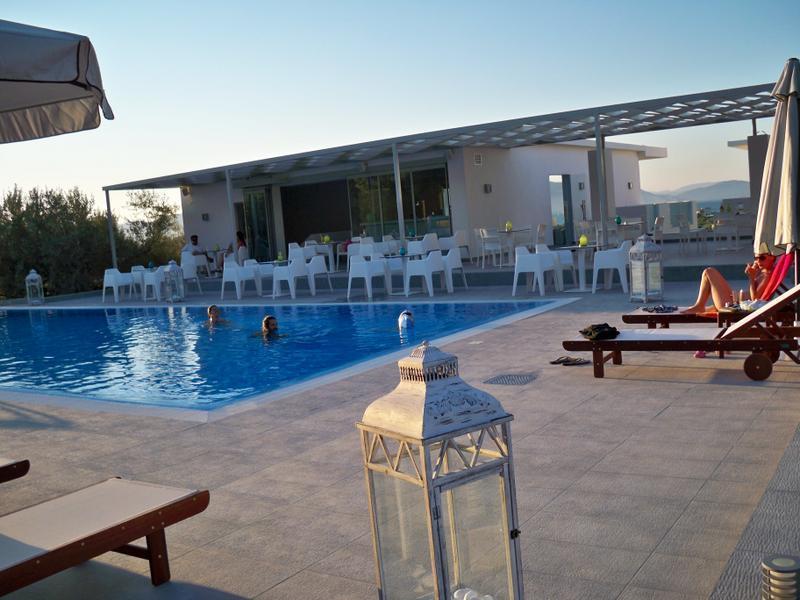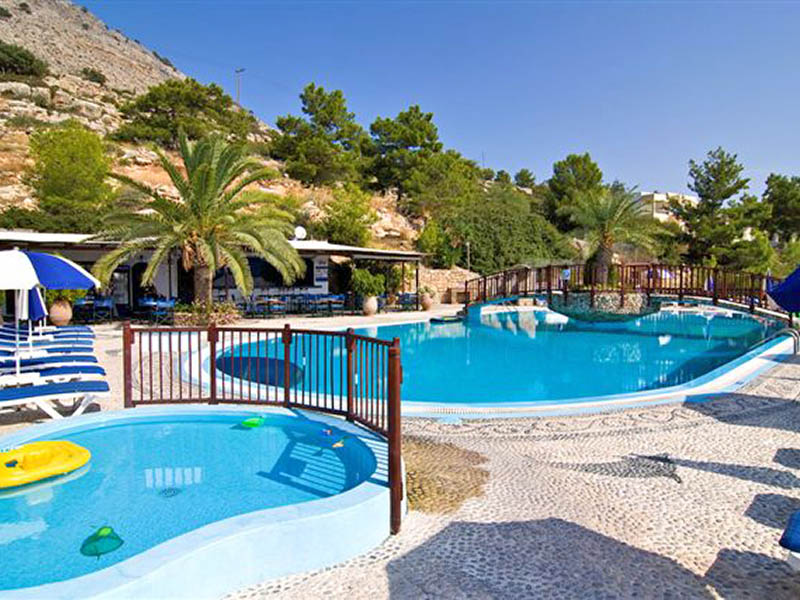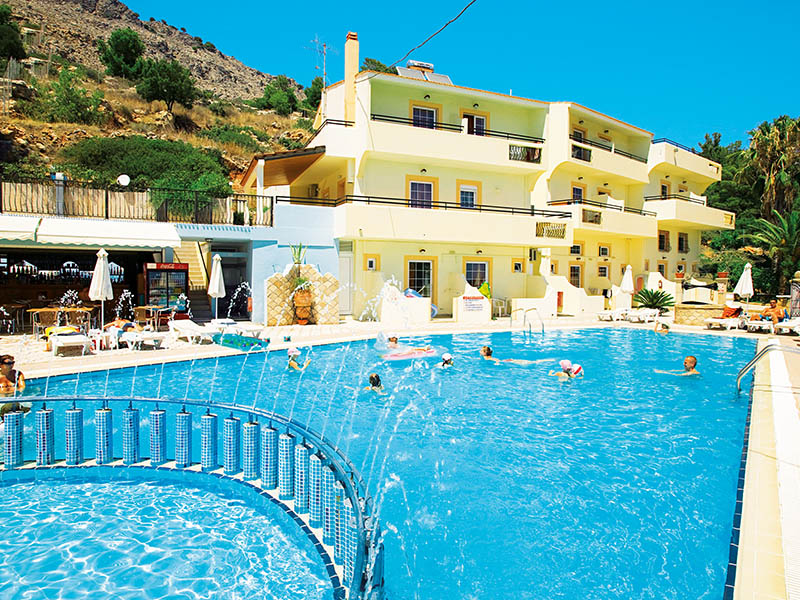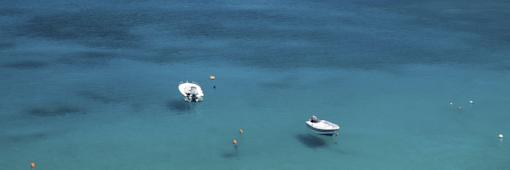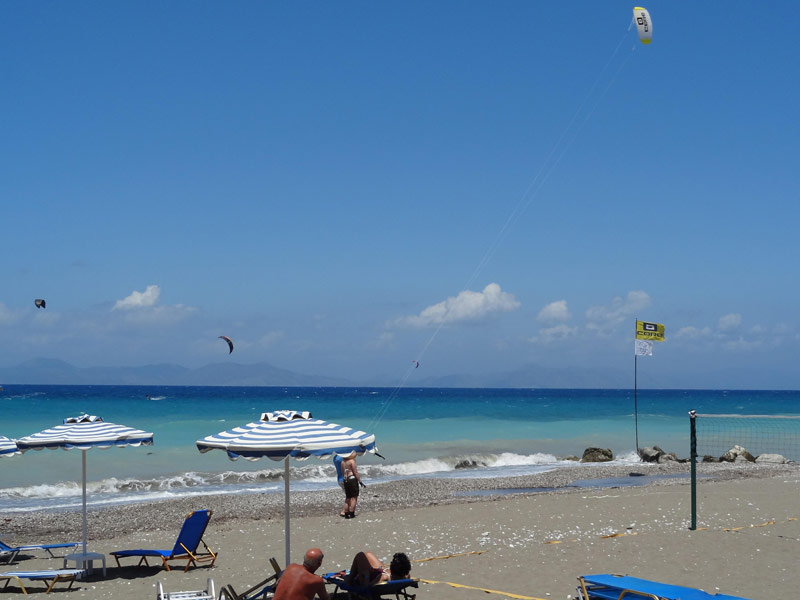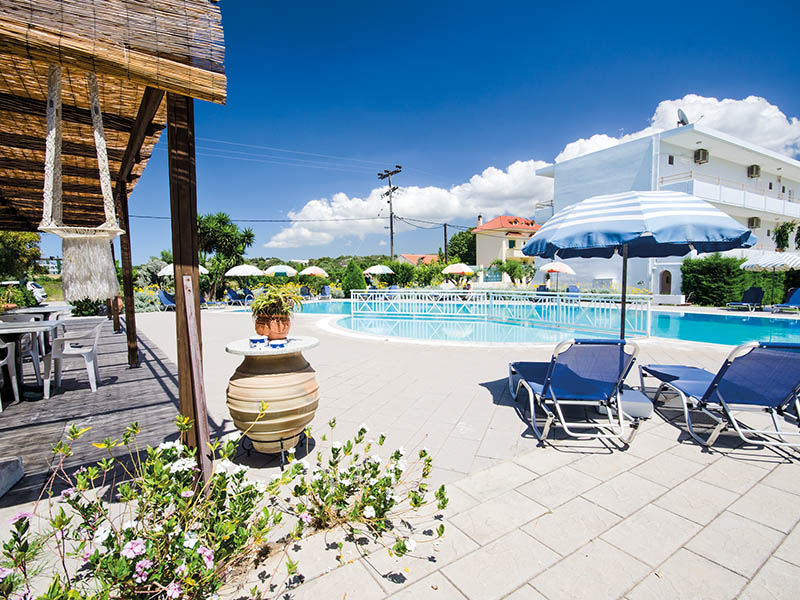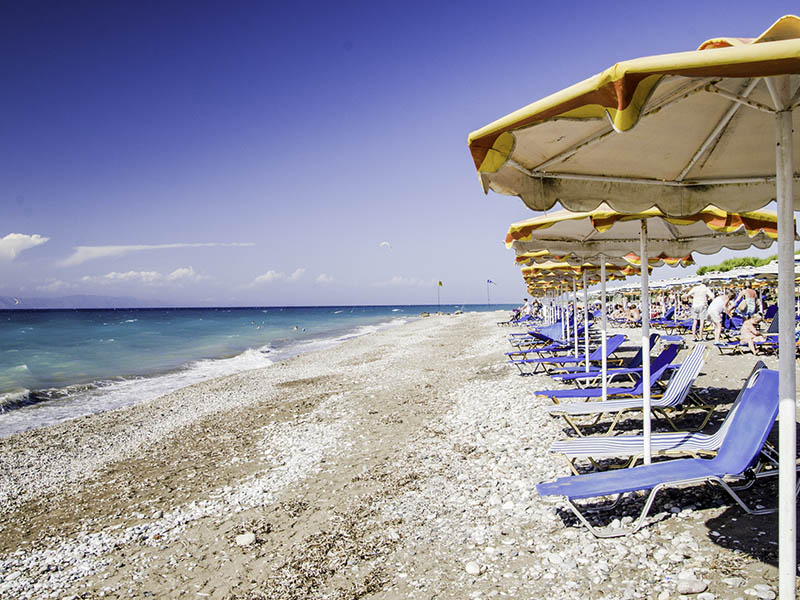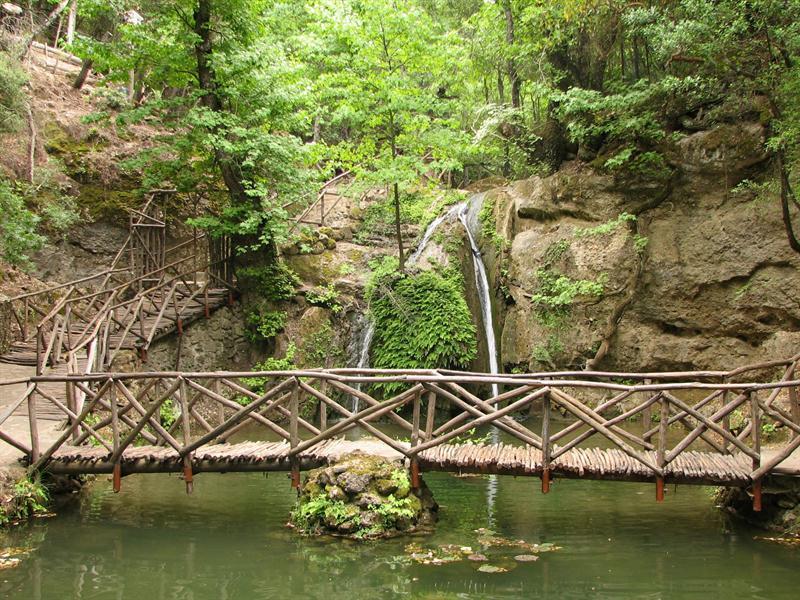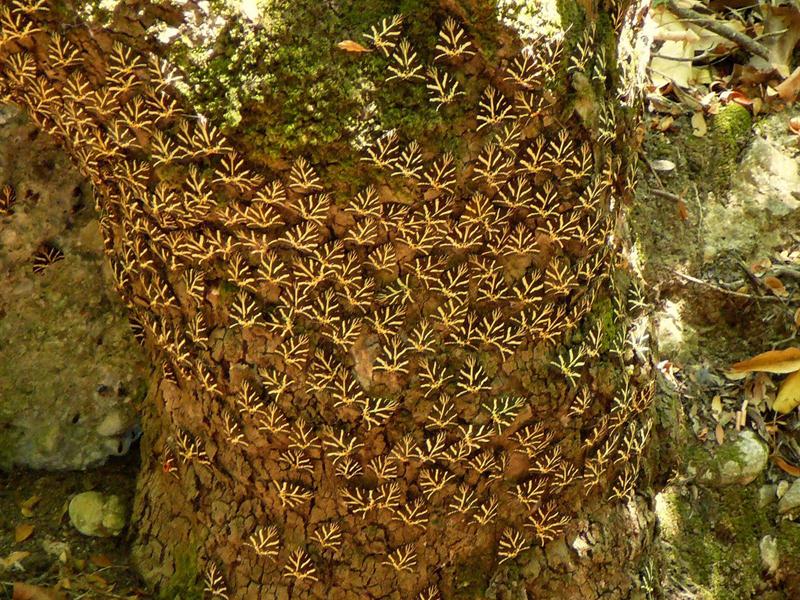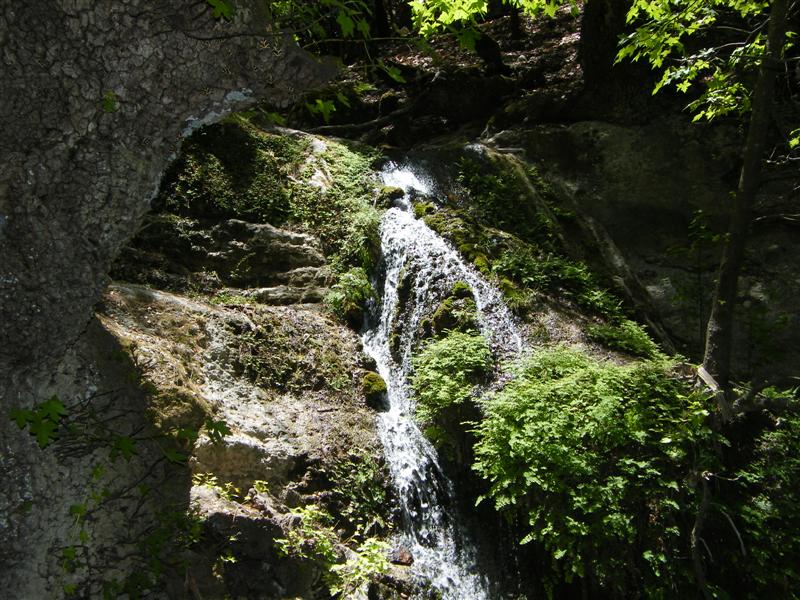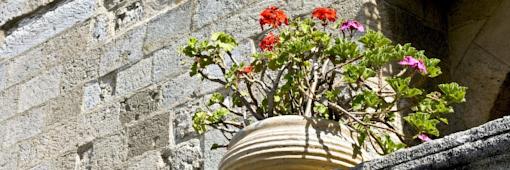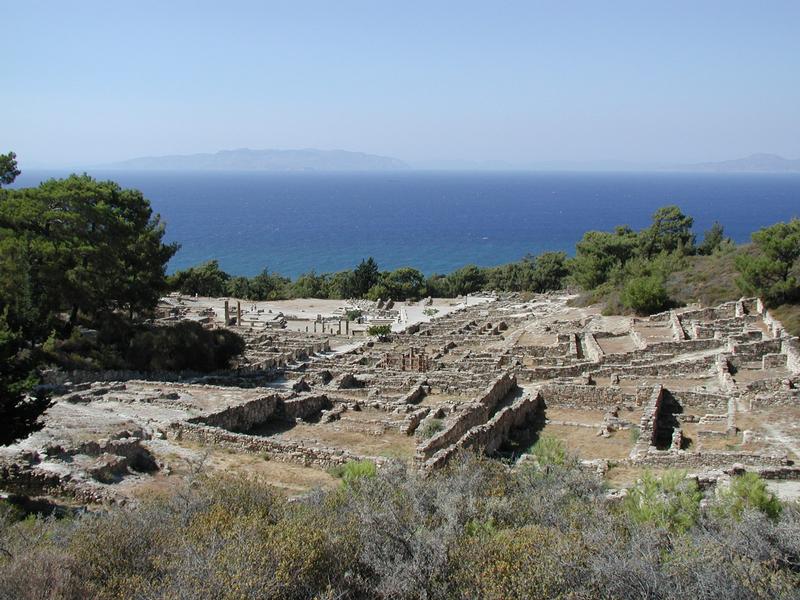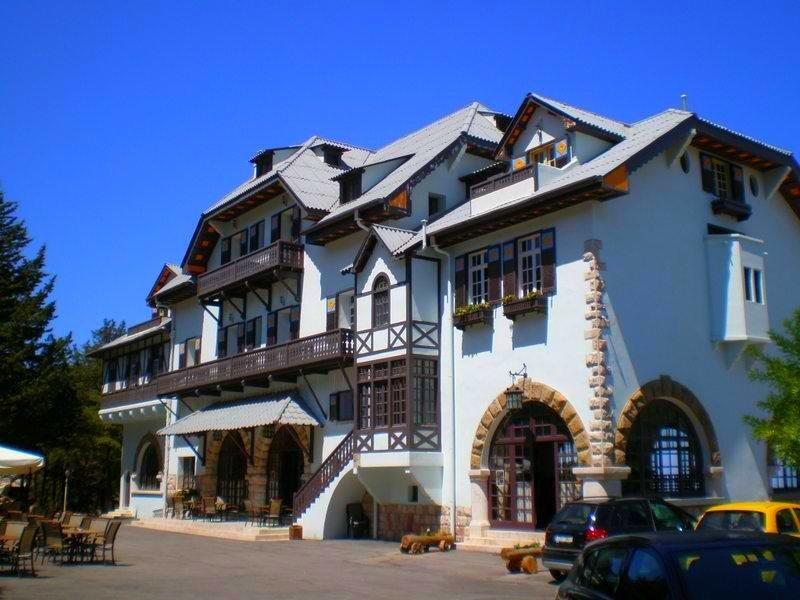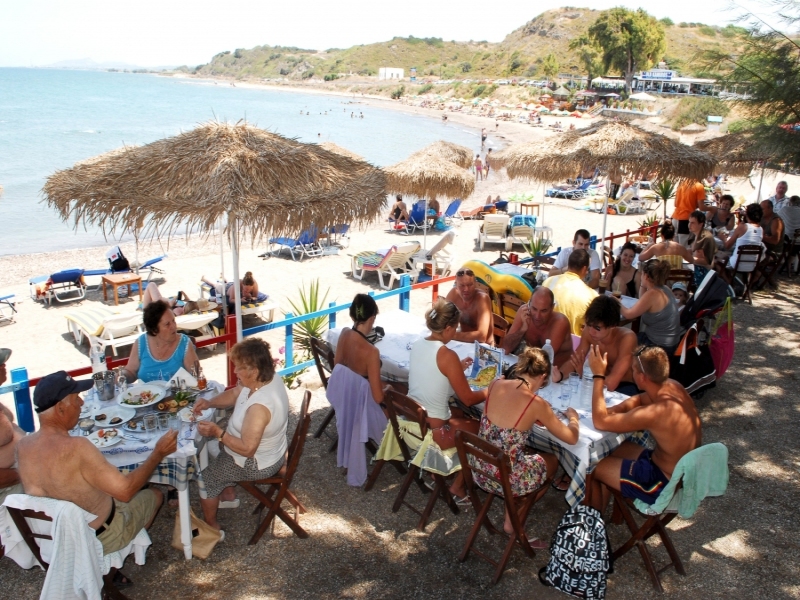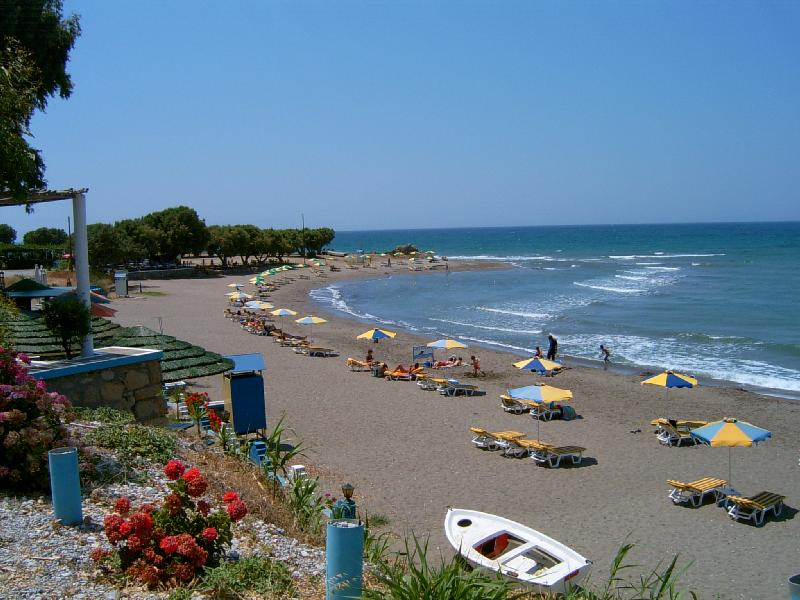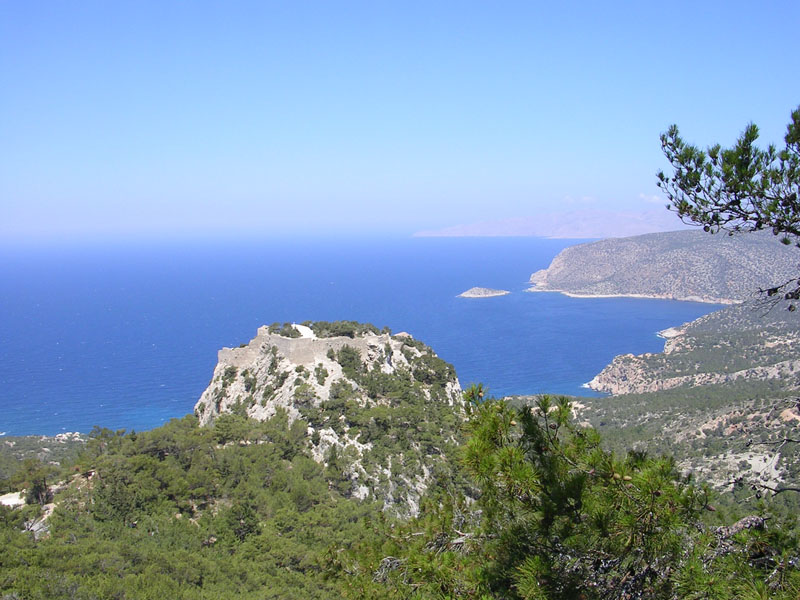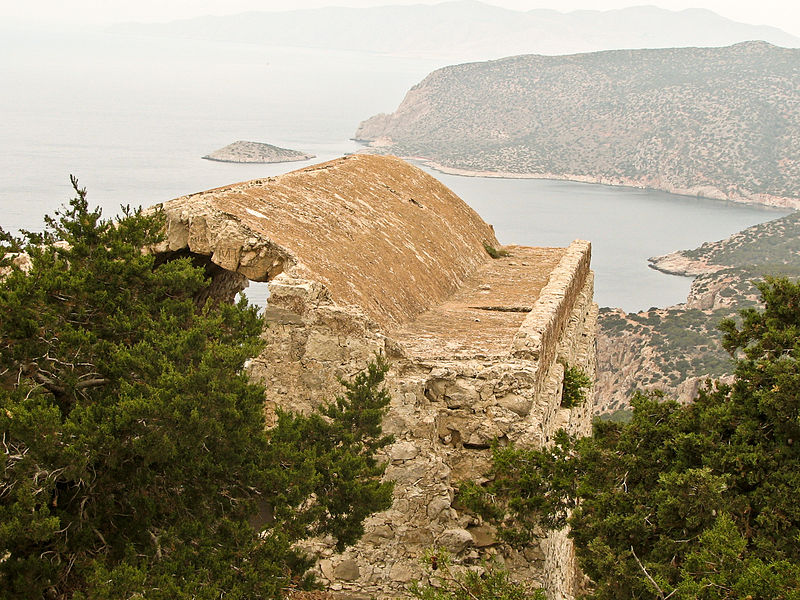Rhodes Island
Rhodes is the capital of the Dodecanese, it's known as the Rose of Aegean, the island of knights and the island of sun! Rhodes has many bright green hills, rich green valleys and uninterrupted line of golden beaches. Rhodes is truly a blessed place which is ideal not only for those who want to relax but also for those looking for an action-packed holiday! The excellent tourism facilities, the island's special blend of cosmopolitan and traditional, the numerous cultural and archaeological sites makes sure that if you visit Rhodes island once it will take a special place in your heart and you will be convinced that it's the perfect holiday destination.

Old Town
The old town of Rhodes is one of the largest medieval towns in Europe and as you take a walk in, you immediately understand that the Old Town of Rhodes is a mosaic of different cultures and civilizations. You don't always have the chance to have a walk within medieval walls and explore twenty-four centuries of history! The amazing medieval fortress-like buildings, the bastions, walls, gates, narrow alleys, minarets, old houses, fountains, tranquil and busy squares makes you feel like you have turned back into the medieval times. The Palace of the Grand Master is certainly the highlight of the Old Town. The Palace, which was originally a Byzantine fortress built at the end of the 7th century A.D., was converted in the early 14th century by the Knights of the Order of Saint John into the residence of the Grand Master of the order and the administrative headquarters of their state; now it has been turned into a museum.
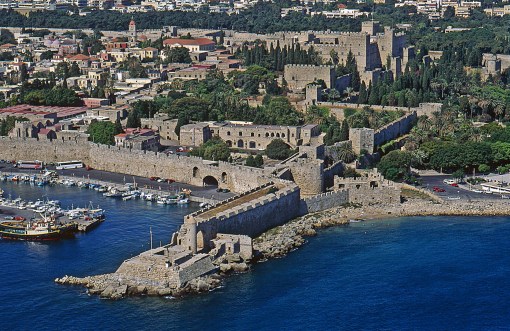
The Street of the Knights is the most important street of the medieval town as it's one of the best preserved medieval relics in the world. It's lined with medieval inns that used to house the soldiers of the Order of the Knights. At the end of the Street, in the Museum Square, stands the Hospital of the Knights, which houses the Archaeological Museum. Across the square is the Church of Our Lady of the Castle, the Orthodox Cathedral of Rhodes in Byzantine times that became the Catholic Cathedral when the Knights occupied the city and now it hosts the Byzantine Museum. Polidorou Street leads to a square with outdoor cafés and restaurants. Moving on, you enter Sokratous Street, which is always lively because it's a place with lots of cafés and shops and it leads down from the Mosque of Suleiman the Magnificent towards the harbour. If you head off for Arionos Square, you should not forget to stroll around the "Turkish district", there you will find the Mustafa Pasha Mosque and the 16th century "Yeni Hammam" (Turkish Baths).
Outside the walls...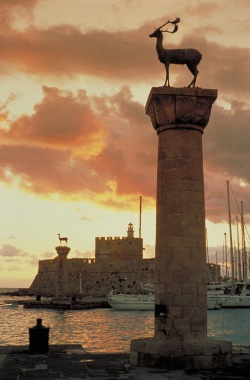 The magnificent Venetian, neoclassic and modern buildings, the jewels of the "new" city are laying outside the walls of the Old Town. Some of the most remarkable buildings that keep the memories of the island's Italian period alive are the Town Hall, the Post Office, the Prefecture of the Dodecanese, formerly the Italian Governor's Palace that resembles the Doge's Palace in Venice, Evangelismos Church (Church of the Annunciation), and the National Theatre.
The magnificent Venetian, neoclassic and modern buildings, the jewels of the "new" city are laying outside the walls of the Old Town. Some of the most remarkable buildings that keep the memories of the island's Italian period alive are the Town Hall, the Post Office, the Prefecture of the Dodecanese, formerly the Italian Governor's Palace that resembles the Doge's Palace in Venice, Evangelismos Church (Church of the Annunciation), and the National Theatre.
The marina of Mandráki with the famous Rhodian deer statues and the surrounding windmills, it sure is a place not to be missed. The multicultural character of Rhodes is also evident in this part of the city, since next to the Prefecture stands the Murat Reis Mosque with its elegant minaret. Relax and enjoy the warm sun and the blue sea at cosmopolitan Elli beach at the northern tip of Rhodes town, which is lined with modern hotels. There you will also find the beautifully renovated historic Grande Albergo delle Rose, which today operates as a Casino. The Aquarium, is one of the most important marine research centers in Greece. Designed by Armando Bernabiti, the building combines local architectural elements with Art Déco elements of curved lines and circular windows, along with a dominant cylindrical tower. The Aquarium is made of stone and decorated by natural shells, resembling an underwater cave where you can see many of the species living in the Aegean.
On the other side of the city you can visit Rodíni Park. Rodini Park is a real paradise with many peacocks which live and breed freely in the park, there are streams and paths amidst oleander bushes, cypress, maple and pine trees. Rodini is said to be the site of the famous School of Rhetoric, where prominent Greeks and Romans, including Julius Caesar, Cato the Younger, Cicero, Pompey, Brutus, Cassius and Marc Anthony, studied. Saint Stefanos Hill (known as Monte Smith) marks the site of the Acropolis, one of the most important centres of worship, education and recreation in ancient times on Rhodes. At the top of the hill you will find the remains of the Temple of Apollo, a Hellenistic stadium and a gymnasium. The Saint Stefanos Hill offers magnificent views especially at sunset.
Around the island...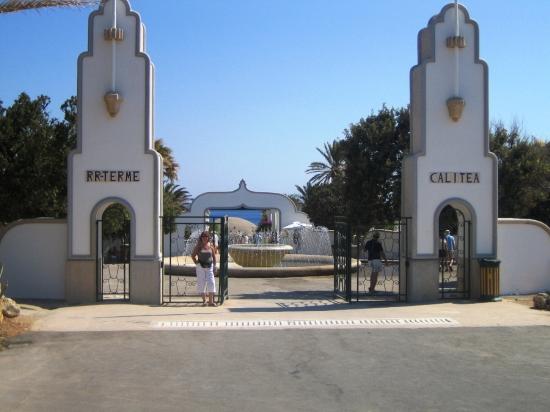 Kallithea, a cosmopolitan holiday resort with lots of hotels is the first tempting stop as going the way to Faliráki. There lies the restored Roman baths known as Kallithea Therme. After Kallithea is Faliraki with the long sandy beach lined with many hotels. The graphical small bay at Ladikó (where the film "The Guns of Navarone" was shot) and the scenic "Anthony Quinn" Bay are just some of the beautiful beaches where you can bask!
Kallithea, a cosmopolitan holiday resort with lots of hotels is the first tempting stop as going the way to Faliráki. There lies the restored Roman baths known as Kallithea Therme. After Kallithea is Faliraki with the long sandy beach lined with many hotels. The graphical small bay at Ladikó (where the film "The Guns of Navarone" was shot) and the scenic "Anthony Quinn" Bay are just some of the beautiful beaches where you can bask!
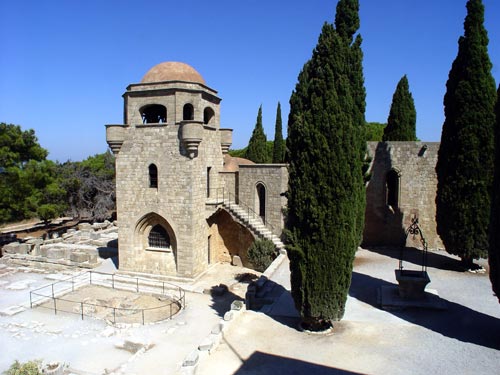
Ialissos (or Trianda) used to be one of the most powerful cities of ancient Rhodes which acquired great fame thanks to the Olympic Champion Diagoras. Today Ialissós is a popular cosmopolitan resort; its beach is the best place for those who love windsurfing, kitesurfing and sailing. At the lush green of pine trees and cypresses slopes of Filerimos (meaning "lover of solitude") Hill stands the Monastery of the Virgin Mary and the ruins of an ancient acropolis. In Byzantine times, there was a fortress on the hill which, in the 13th century, became a monastery dedicated to Holy Mary. This Monastery was destroyed under the Turks and rebuilt by the Italians and the British. Directly in front of the church are the ruins of Zeus and Athena temples. Visitors can walk up the "Via Crucis", which leads to an enormous crucifix. The view from the top where the cross stands is breath taking and well worth a visit. Illuminated at night, the crucifix is clearly visible even from the nearby island of Sými.
In the green area of Afandou you can relax on beautiful sandy beaches and enjoy the blue sea or you can play golf on a modern 18-hole golf course that is open all year round and attracts golf lovers from all over the world! The road from the beautiful seaside resort of Kolimbia leads through a forest and along the banks of the River Loutanis to Archipoli, a picturesque rural village. The route is ideal for walking or cycling.
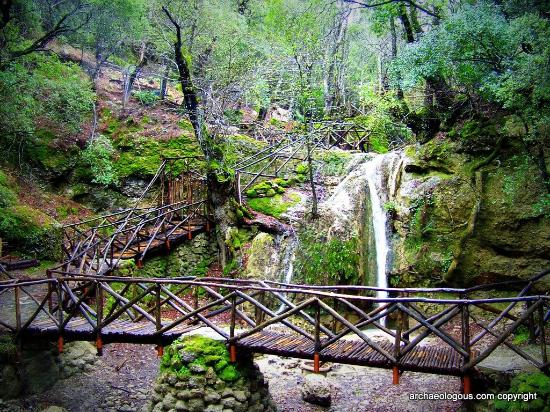
The area of Petaloudes (meaning Butterflies) includes three villages, Kremasti, Paradisi and Theologos. Kremastí is one of the biggest and liveliest settlements on the island and is very famous for its major festival of the Virgin Mary on 15th August. The beach of Kremastí is the perfect place for kite surfing and windsurfing. However, the most fascinating and popular attraction of the region is the Valley of the Butterflies. During August, thousands of butterflies of the genus Panaxia (species Quadripunctaria Poda) overwhelm the valley in order to reproduce. The beauty of this area is incomparable with lush vegetation and streams as you walk along cleverly laid paths. As you are in the Valley it is well worth to visit the Museum of Natural History.
Archangelos was rebuilt by the sea in medieval times far away from its initial site in order to guard it from pirate raids and later the Knights of Saint John protected it by building a castle. The tradition of ancient arts and crafts – such as pottery and hand-made tapestries – is more evident in Archángelos than anywhere else. The locals live a simpler life style, almost untouched by the rapid growth in tourism elsewhere on the island and still reverentially maintain their age-old traditions, 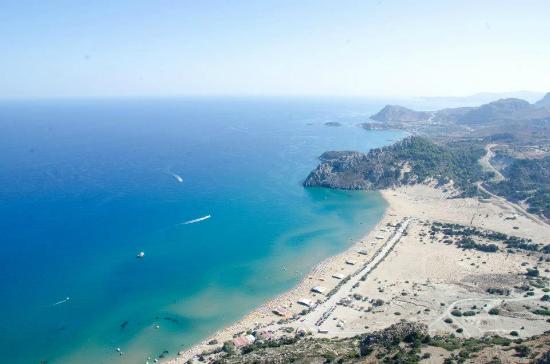 customs, their local dialect and even the distinctive decoration of their houses. The area is famous for its golden beaches, such as Tsambíka Beach which is one of the most popular beaches of Rhodes and it lies at the foot of a steep cliff, where there is also the famous monastery of the Virgin Mary (Panagia Tsambika Psili). Stegna is a picturesque resort close to Archangelos, while at Haraki (with its idyllic small bay) you can see the ruins of the medieval castle Faraklos. At the northern edge of the region lies one of the most charming destinations of Rhodes, "Epta Piges" (Seven Springs).Seven Springs is a real oasis even in the heat of high summer swamped in greenery. It's a magical place with clear flowing waters which end up in a small lake and it's a place that you really don't want to miss.
customs, their local dialect and even the distinctive decoration of their houses. The area is famous for its golden beaches, such as Tsambíka Beach which is one of the most popular beaches of Rhodes and it lies at the foot of a steep cliff, where there is also the famous monastery of the Virgin Mary (Panagia Tsambika Psili). Stegna is a picturesque resort close to Archangelos, while at Haraki (with its idyllic small bay) you can see the ruins of the medieval castle Faraklos. At the northern edge of the region lies one of the most charming destinations of Rhodes, "Epta Piges" (Seven Springs).Seven Springs is a real oasis even in the heat of high summer swamped in greenery. It's a magical place with clear flowing waters which end up in a small lake and it's a place that you really don't want to miss.
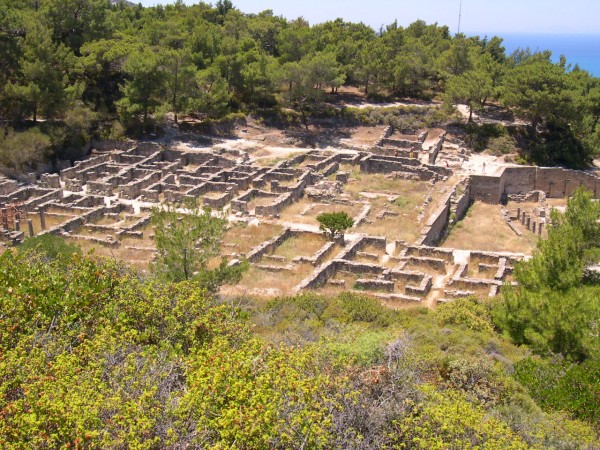
The highest mountain on Rhodes, the impressive Mt. Ataviros, is an eternal symbol of the island with its rocky summit and the green slopes. The spectacular view will compensate those who will make the effort to reach its summit! At the summit stands an ancient temple built for Zeus by Mycenaean settlers. The legend says that Althimenes, Minoan founder of the town of Kamiros, used to climb here to view his beloved Crete, which is visible on a clear day.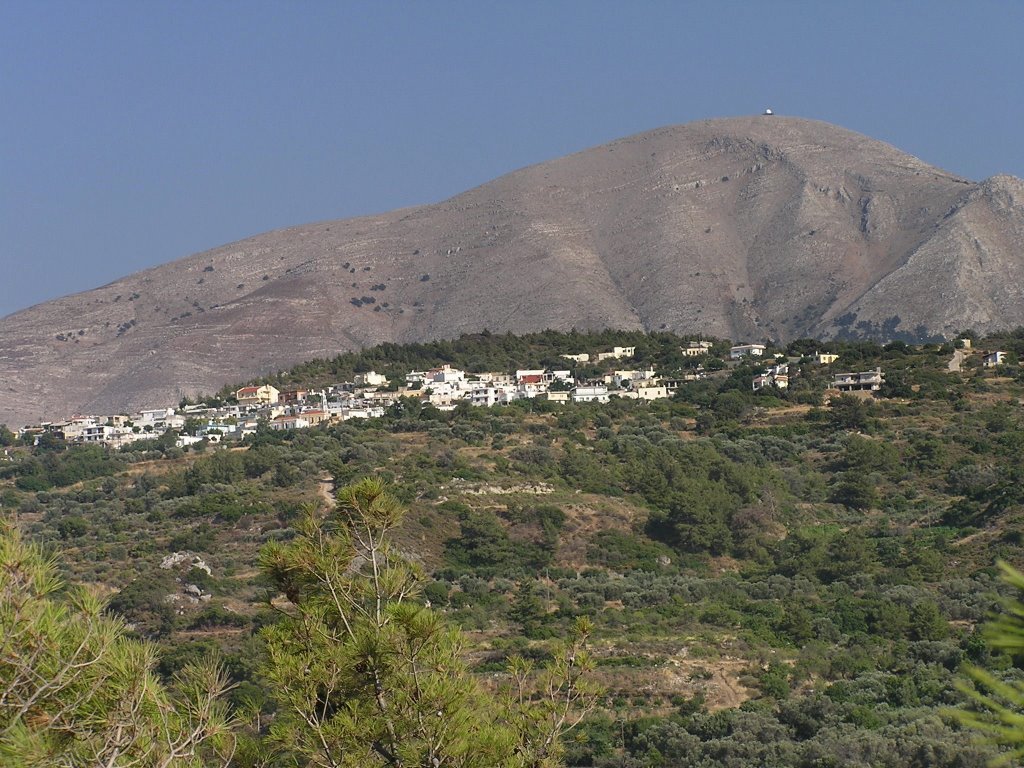
Embonas is the biggest settlement in the region and it's famous for its excellent wines. If you are tired of the crowds and you want to escape you can always explore the rocky coast and bask in small, well-hidden bays, such as Fournoi, Glyfada or on the beaches of Kritinia. From the medieval castles of Ataviros, Kritinia and the 14th century Monolithos, you have to watch the sun set which is a unique breath taking experience.
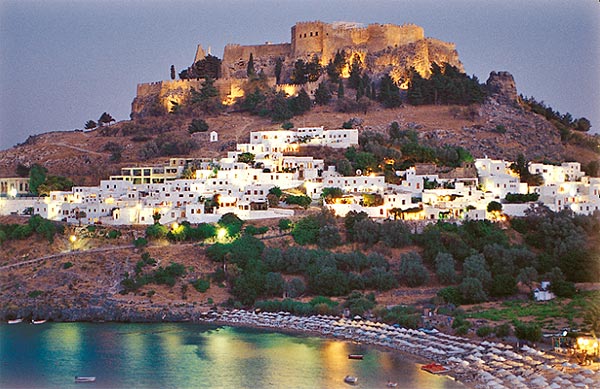 The ancient city-state of Líndos was one of the three major towns of ancient Rhodes thanks to its great naval power. The remains of the acropolis of Líndos, a natural watchtower facing the open sea built on a steep rock 116 metres above sea level; bear eloquent witness to its long standing power and wealth. At the foot of the acropolis lies the traditional village of Líndos with it' s "sugar cube'' whitewashed houses, mansions, Byzantine churches and the narrow cobbled streets which are free from vehicles. You can climb to the ancient acropolis by following a path through the village or by hiring a donkey from the main square. The acropolis is surrounded by well-preserved walls and there you can see the remains of buildings from ancient times, the Byzantine era and the era of the Knights, such as the 4th century BC temple of Athena Lindia, the Propylea, the large Hellenistic arcade, the Byzantine chapel of Ayios Ioannis and the castle of the Knights of Saint John. You can also enjoy astonishing views of the town and the sea –an experience not to be missed during your visit on the island. At Saint Paul's Bay you can either relax and enjoy the crystal clear sea or have a go at your favourite water sport!
The ancient city-state of Líndos was one of the three major towns of ancient Rhodes thanks to its great naval power. The remains of the acropolis of Líndos, a natural watchtower facing the open sea built on a steep rock 116 metres above sea level; bear eloquent witness to its long standing power and wealth. At the foot of the acropolis lies the traditional village of Líndos with it' s "sugar cube'' whitewashed houses, mansions, Byzantine churches and the narrow cobbled streets which are free from vehicles. You can climb to the ancient acropolis by following a path through the village or by hiring a donkey from the main square. The acropolis is surrounded by well-preserved walls and there you can see the remains of buildings from ancient times, the Byzantine era and the era of the Knights, such as the 4th century BC temple of Athena Lindia, the Propylea, the large Hellenistic arcade, the Byzantine chapel of Ayios Ioannis and the castle of the Knights of Saint John. You can also enjoy astonishing views of the town and the sea –an experience not to be missed during your visit on the island. At Saint Paul's Bay you can either relax and enjoy the crystal clear sea or have a go at your favourite water sport!
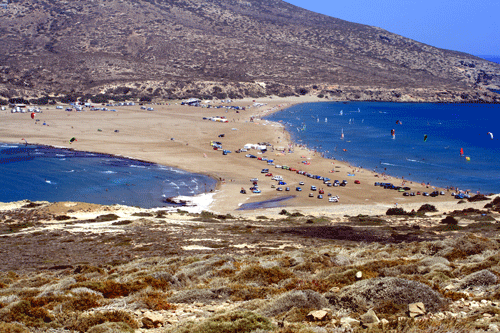 In southern Rhodes nature displays its full splendour in this rural setting: endless sun-drenched beaches stretch from Kiotari and Genadi to Lahania, Plimiri and Prassonisi, the southernmost tip of the island and a popular location for windsurfing and kitesurfing. Most of the villages of the area were built in medieval times, or even earlier, and they still maintain their traditional character. The residents still maintain their local dialect, the traditional customs and even the traditional decoration of their houses. If you follow old paths you will discover the beauty of nature in all its greatness that will rejuvenate your body and soul.
In southern Rhodes nature displays its full splendour in this rural setting: endless sun-drenched beaches stretch from Kiotari and Genadi to Lahania, Plimiri and Prassonisi, the southernmost tip of the island and a popular location for windsurfing and kitesurfing. Most of the villages of the area were built in medieval times, or even earlier, and they still maintain their traditional character. The residents still maintain their local dialect, the traditional customs and even the traditional decoration of their houses. If you follow old paths you will discover the beauty of nature in all its greatness that will rejuvenate your body and soul.
Don't forget that while you are on the island you can take the opportunity to go on a daytrip to the following nearby islands:
-Kastellorizo (or Megisti) is the easternmost island in Greece, with a long and stormy history. Only 300 people live on the island today but the town and its magnificent neo-classical houses reveal the former prosperity of the island.
-A former sponge-diving centre, Halki, is famous for its Theological School, which unfortunately does not operate anymore. Emborio, with its grand houses and a picturesque waterfront offering fresh fish, is the only inhabited hamlet on the island. Horio and the Knights' Castle are both well worth visiting.
-Beautiful Symi is an hour away by boat from Mandraki, the port of Rhodes. An island of sponge divers and seamen, Symi used to have 30,000 inhabitants before the Second World War and was the richest island in the Dodecanese, despite its small size. Today Symi attracts many visitors thanks to its beautifully preserved neo-classical buildings and the famous Archangel Michael monastery at Panormitis.
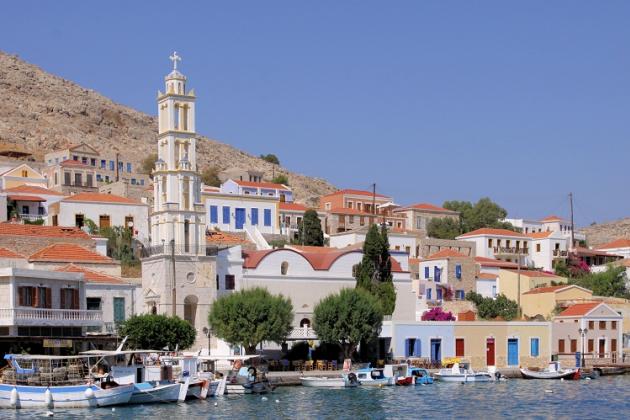
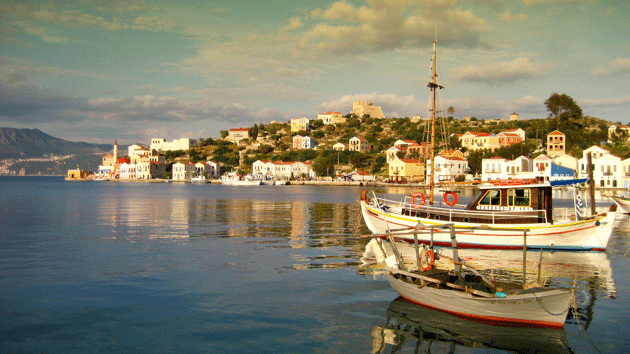
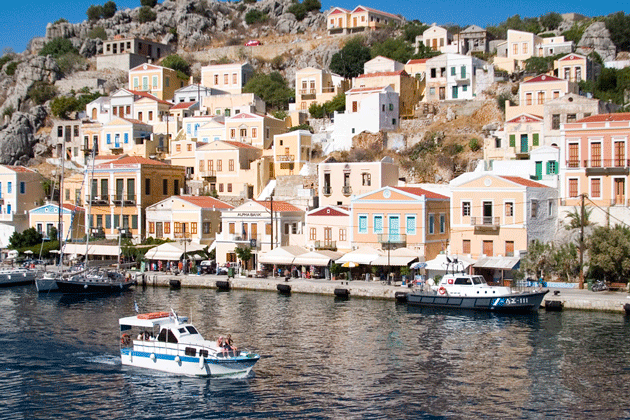
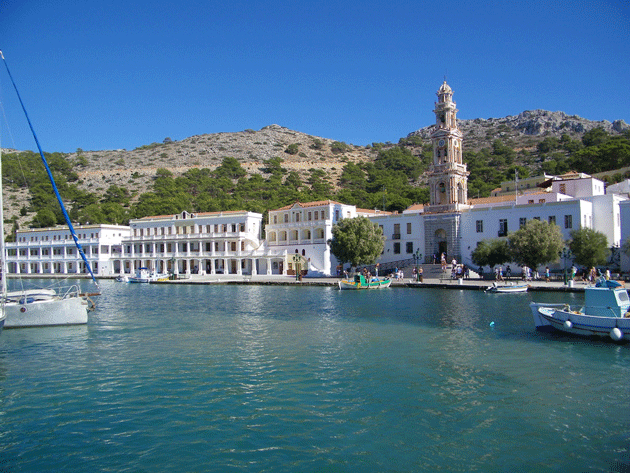
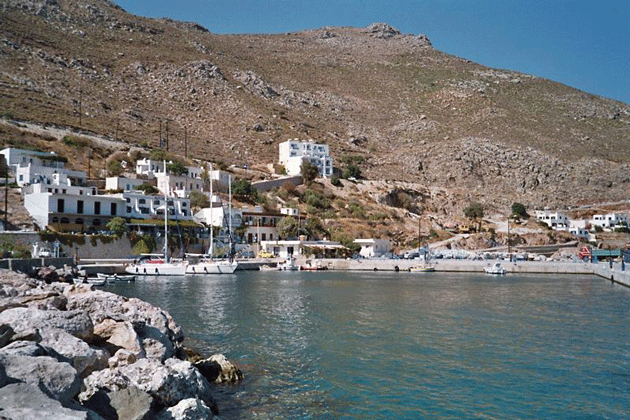
-To the north west of Rhodes you will find Tilos, with its imposing mountains, rocky and steep coasts, beaches with crystal clear water and caves and medieval castles. The island's harbour is at Livadia, and from there you can visit the village of Micro Horio ("Small Village"), deserted since 1950. At Megalo Horio ("Big Village) visit the Palaeontology Museum, where you can see petrified skeletons of dwarf elephants.
Extra tip for trekking enthusiasts: Following breathtaking routes on foot is the ideal way to discover the unique natural beauty of the island: try the two-hour route from Filerimos to the coast through a magical pine-tree forest, tour the Valley of the Butterflies, go from the village of Salakos to the summit of Profitis Elias following a breathtaking route that takes 4 hours to complete, walk from Kritinia Castle to Kritinia village through a lush green valley (4 hours) or, if you are an experienced hiker, take the opportunity to conquer the summit of Ataviros, a beautiful six-hour walk!




